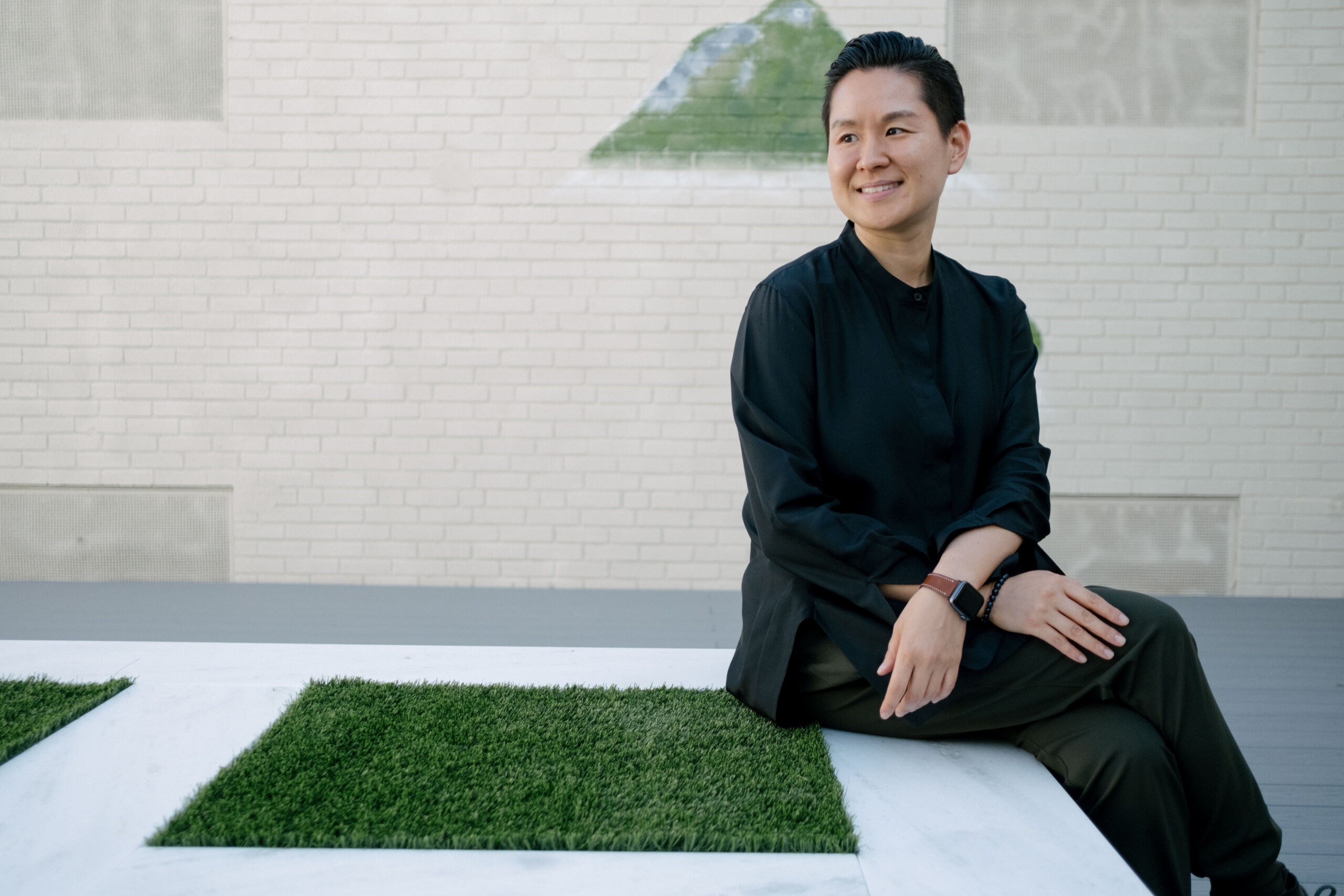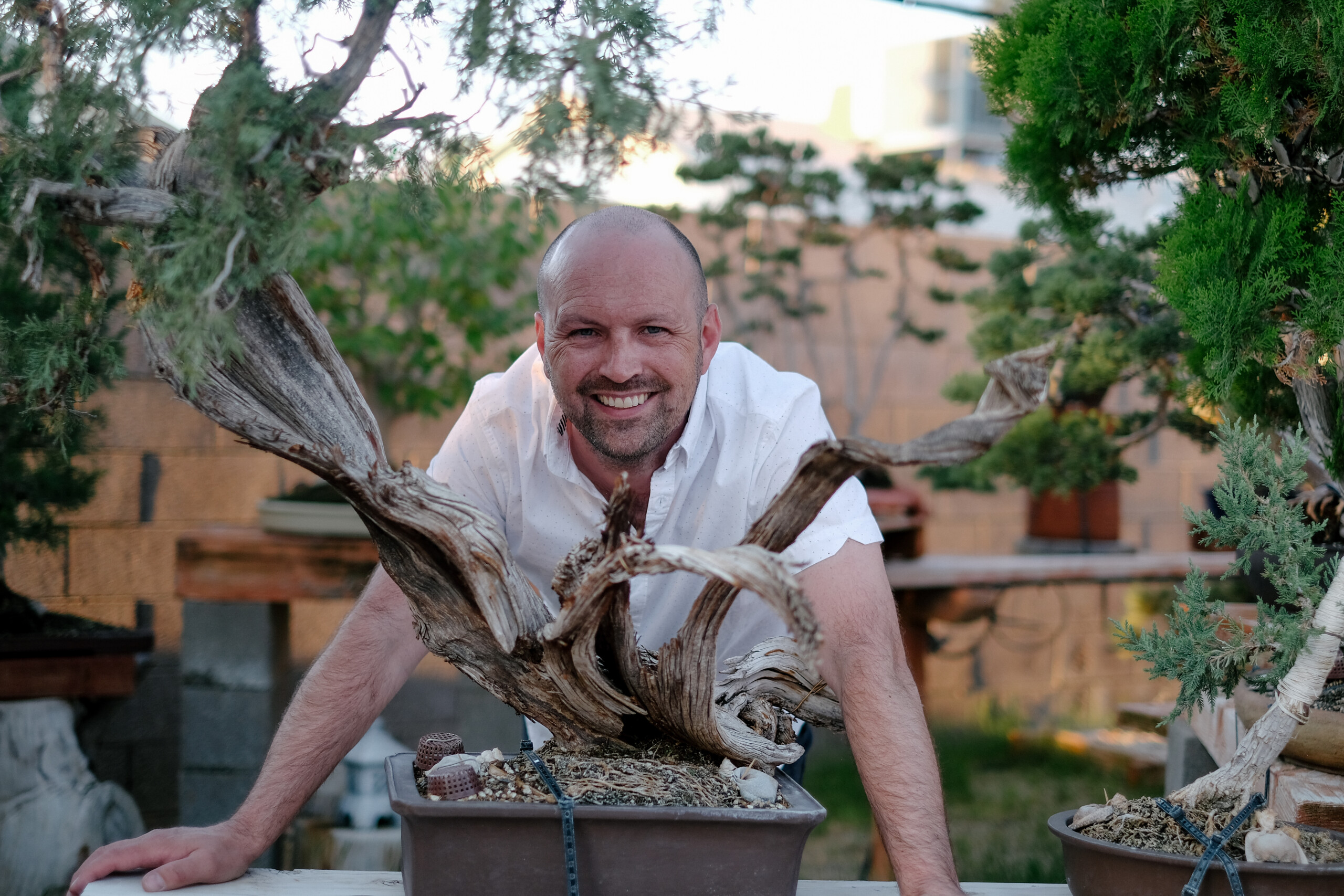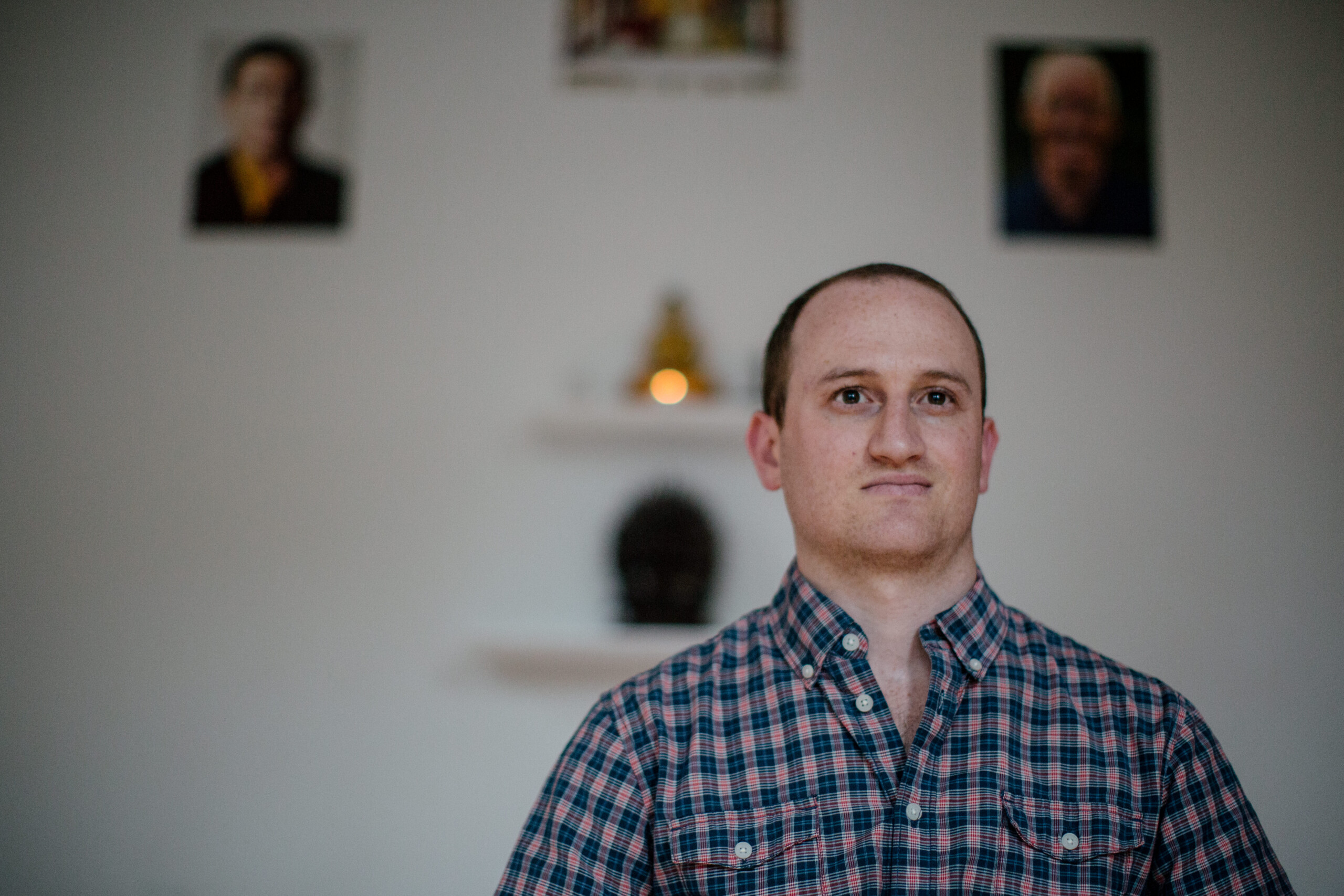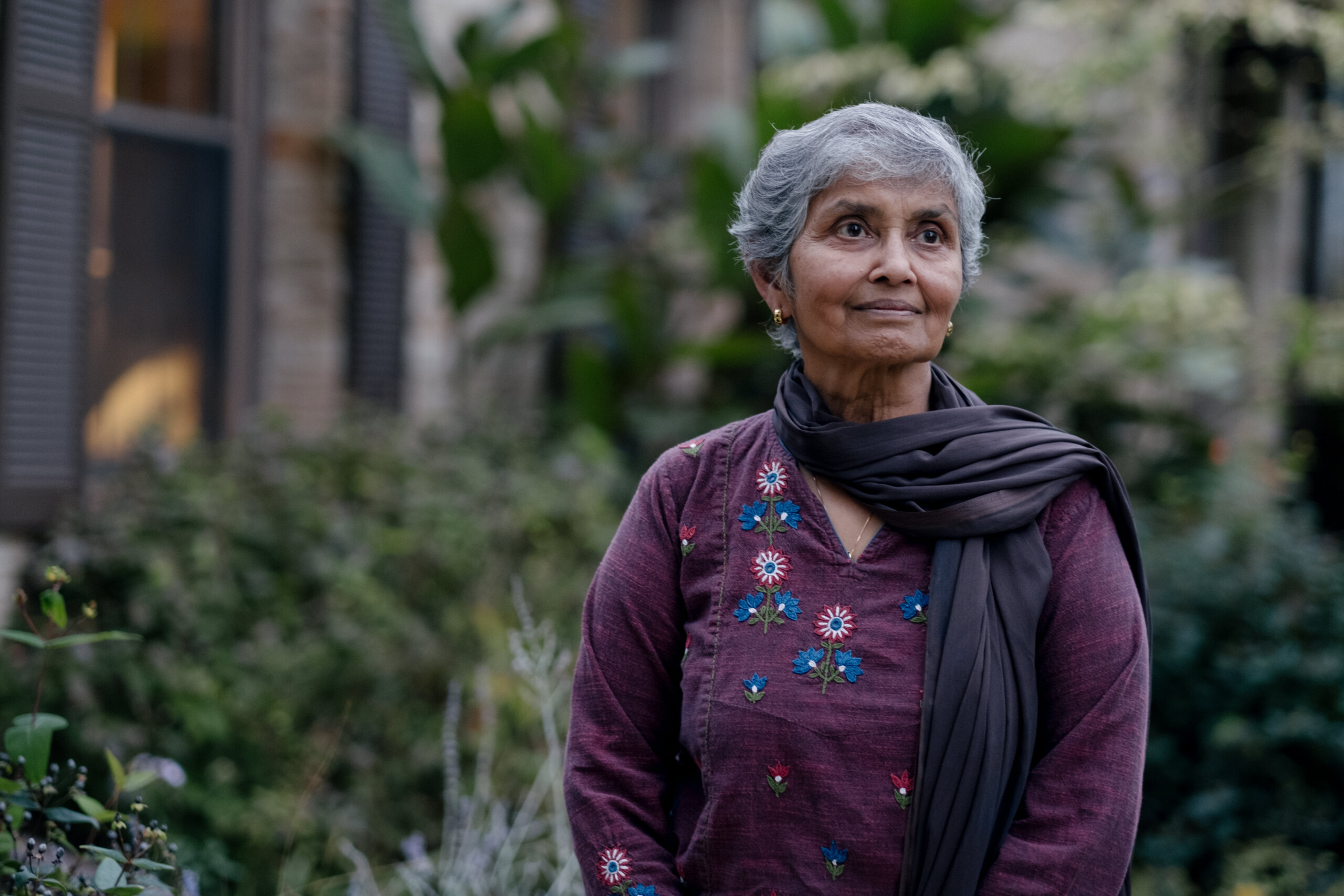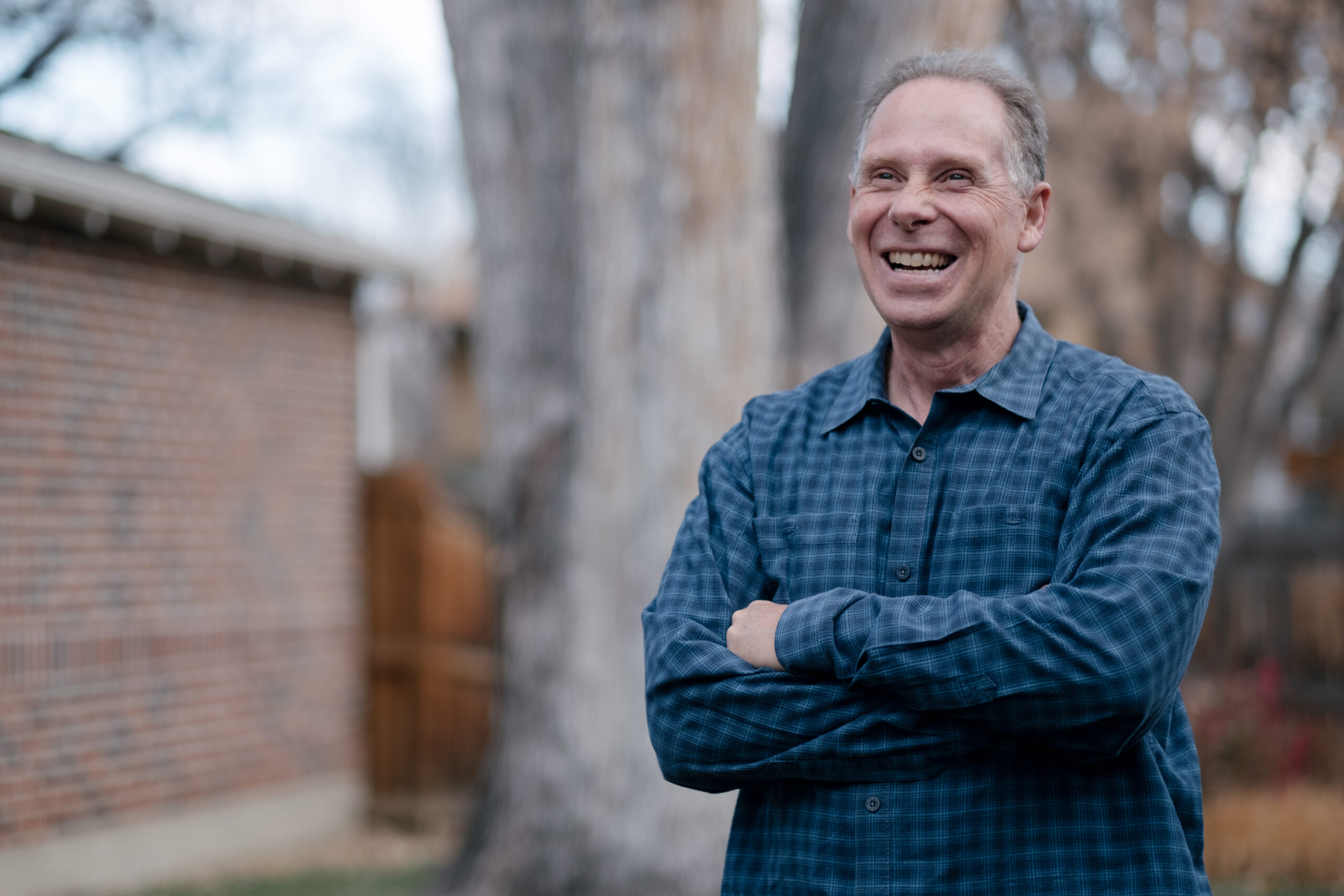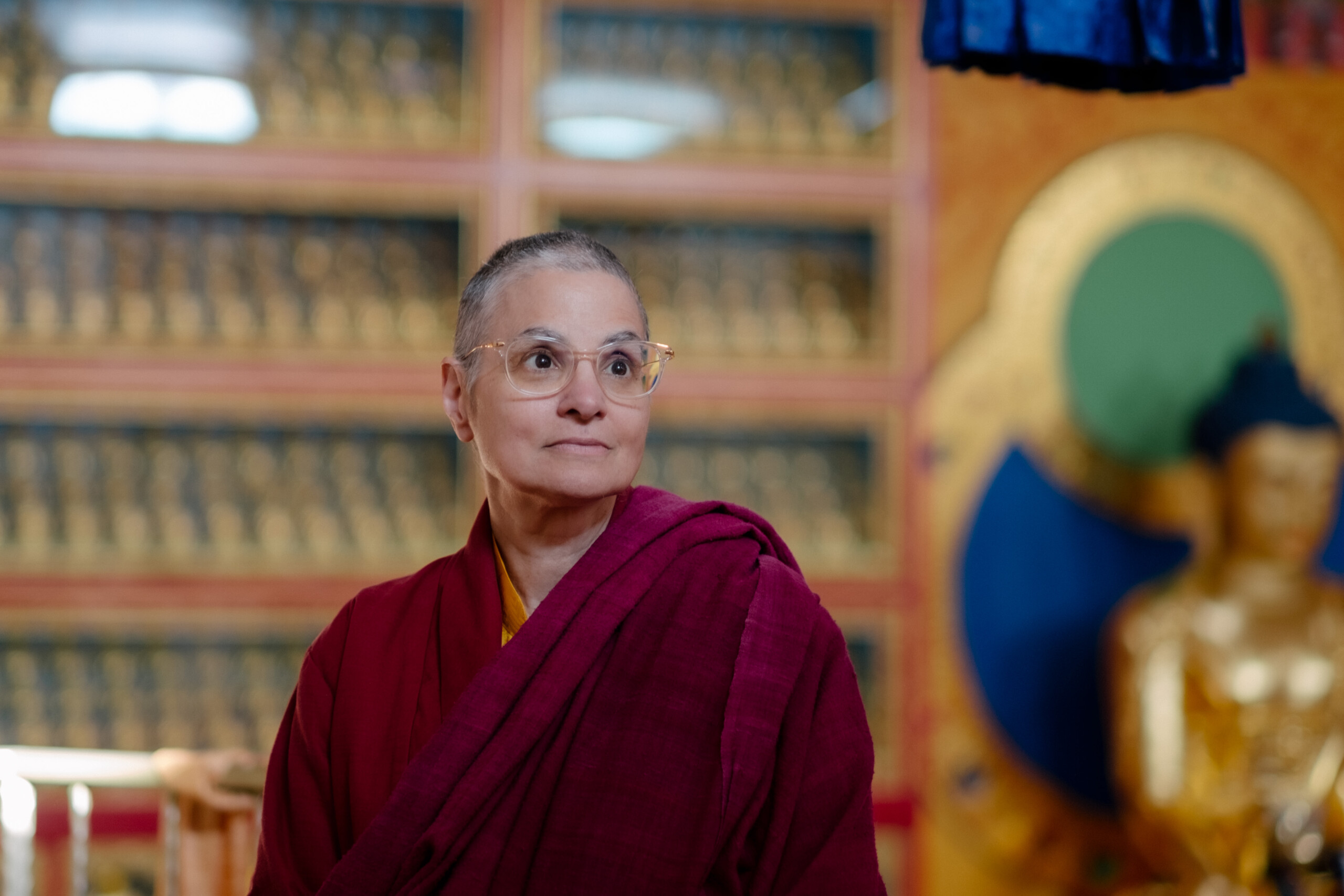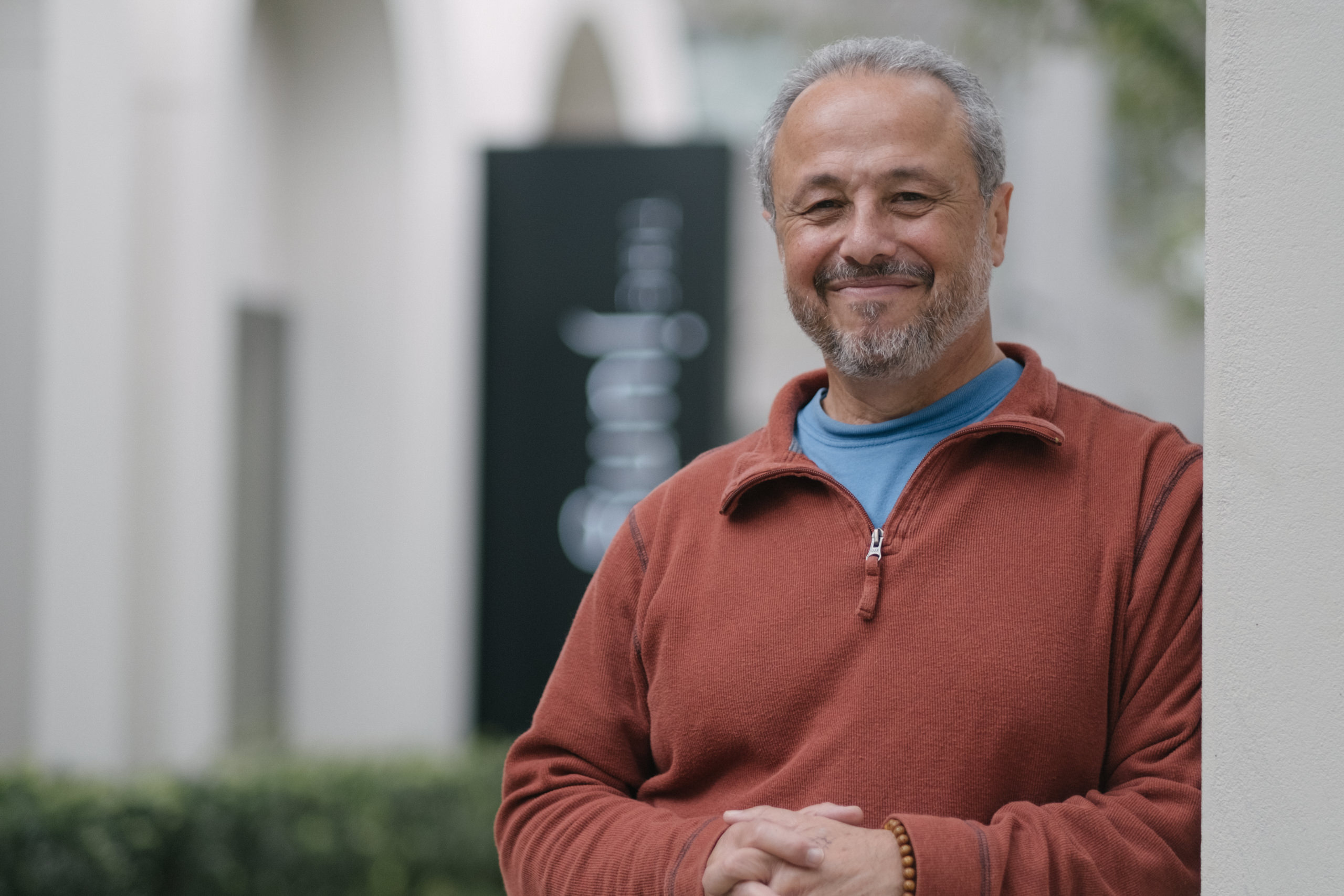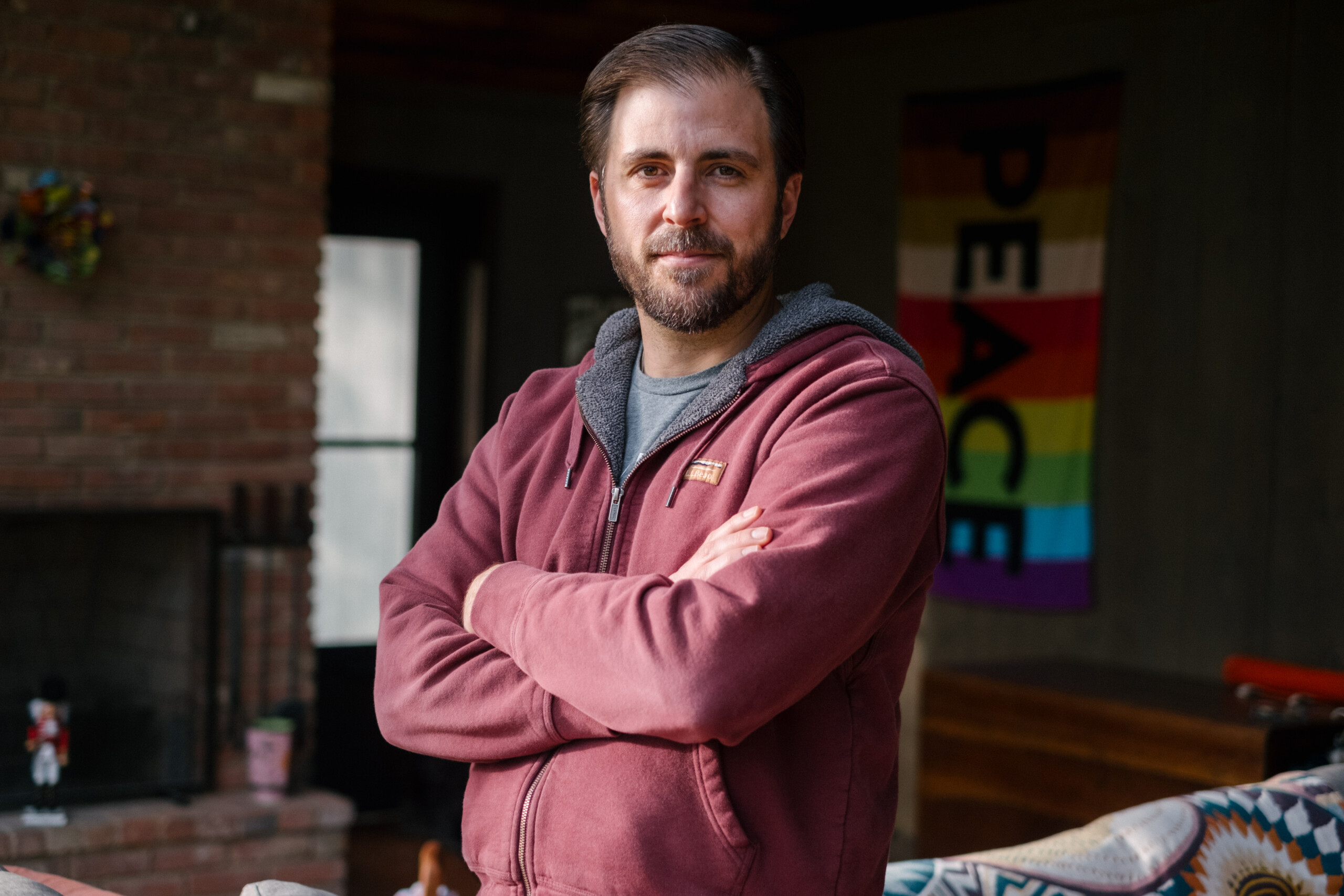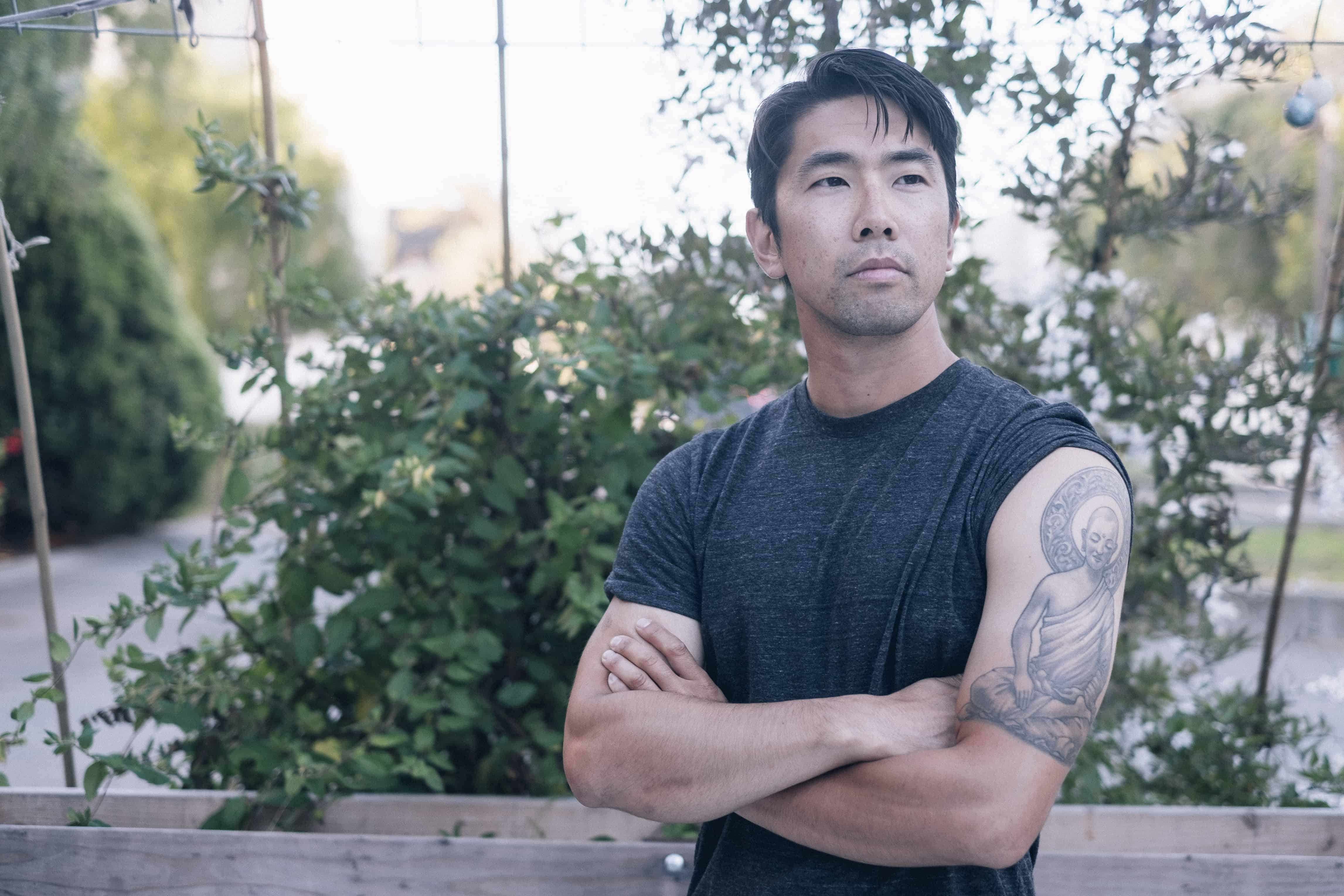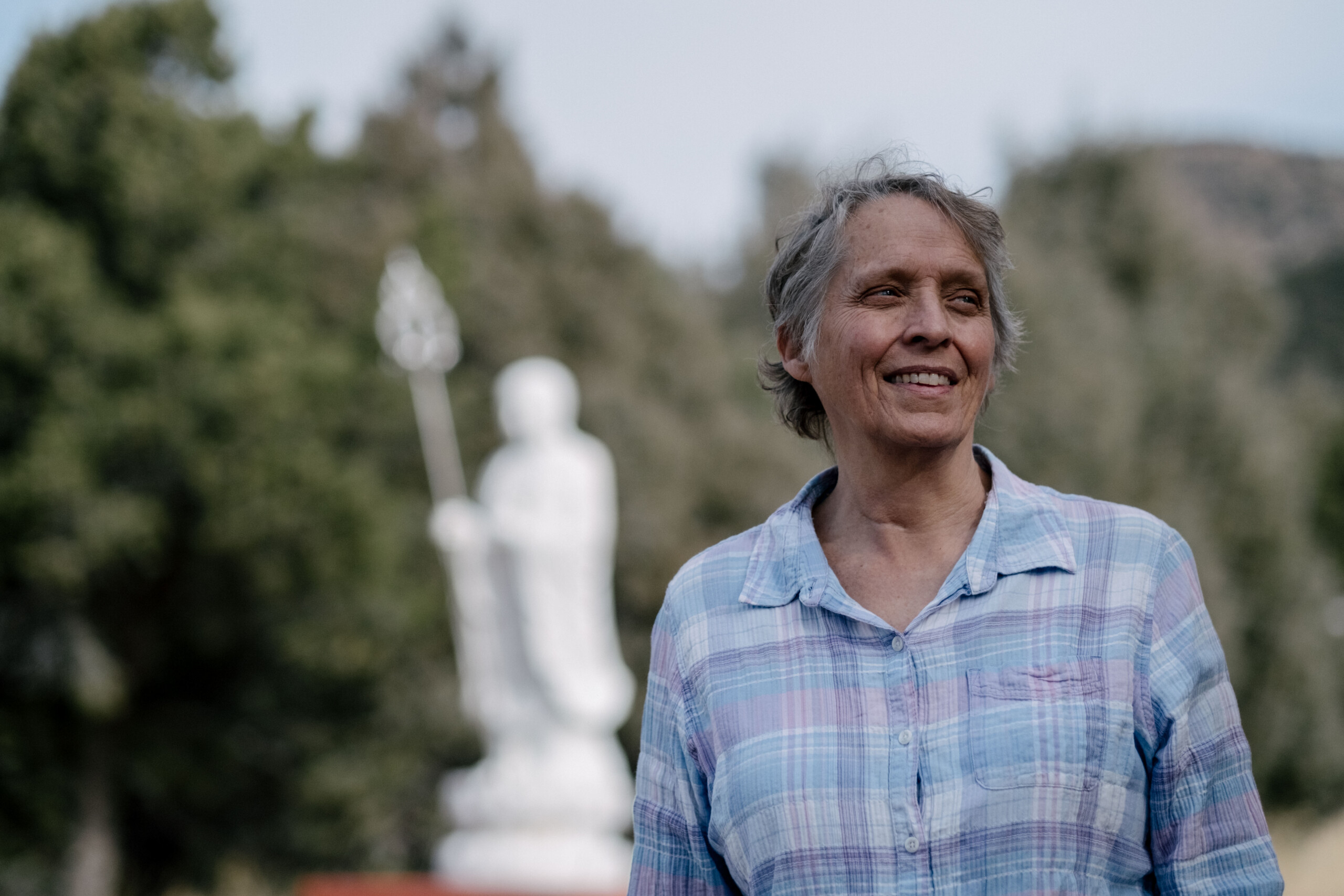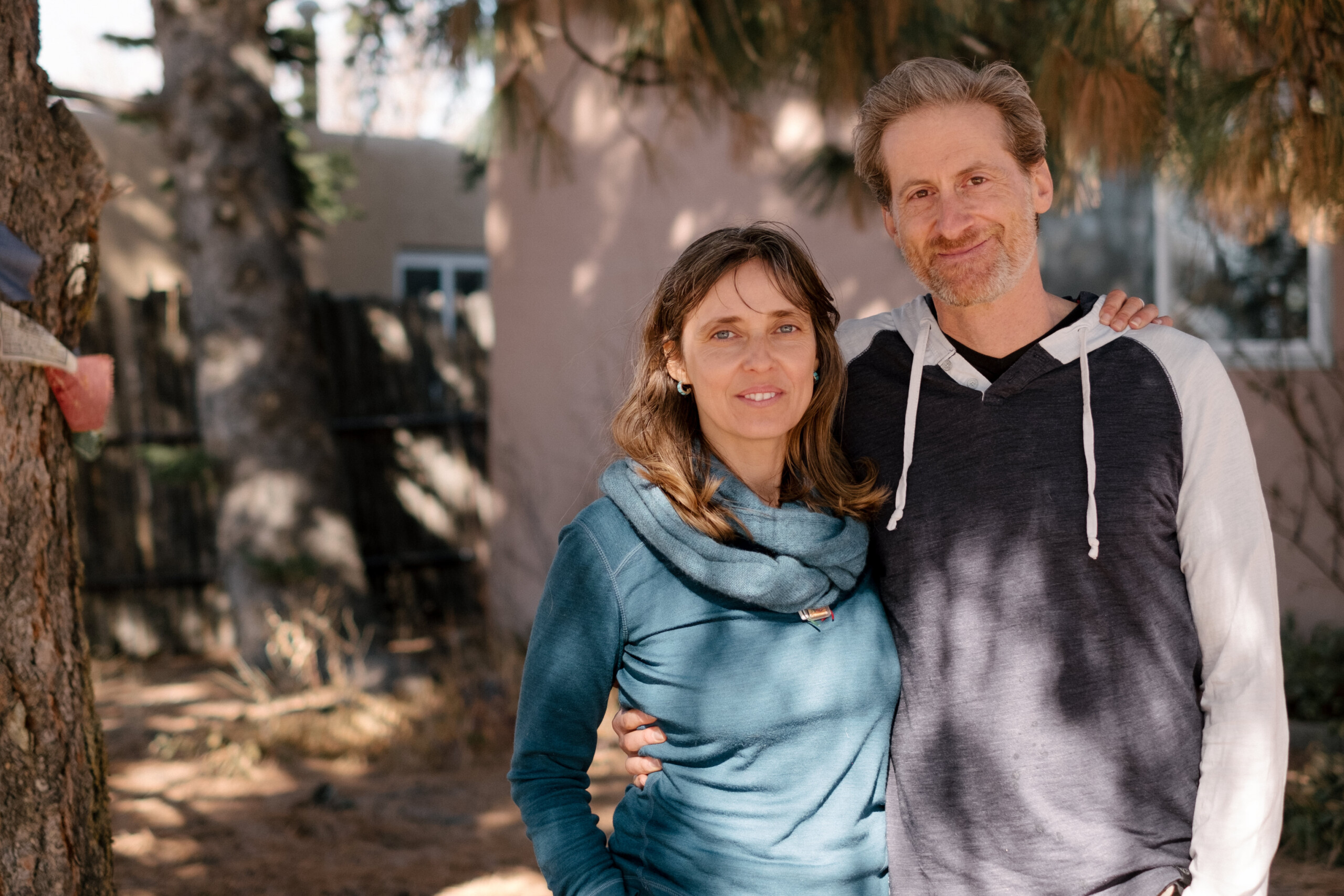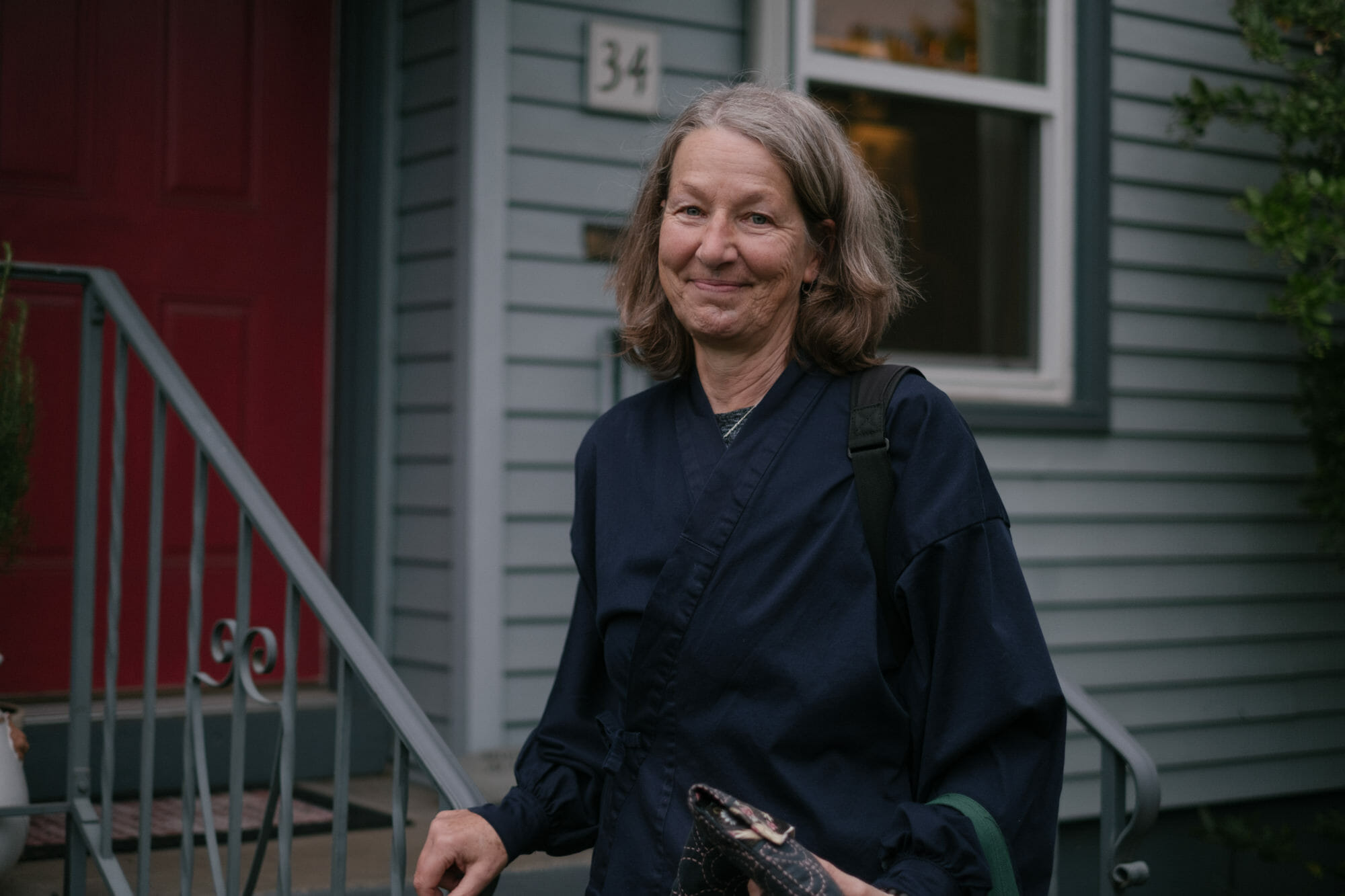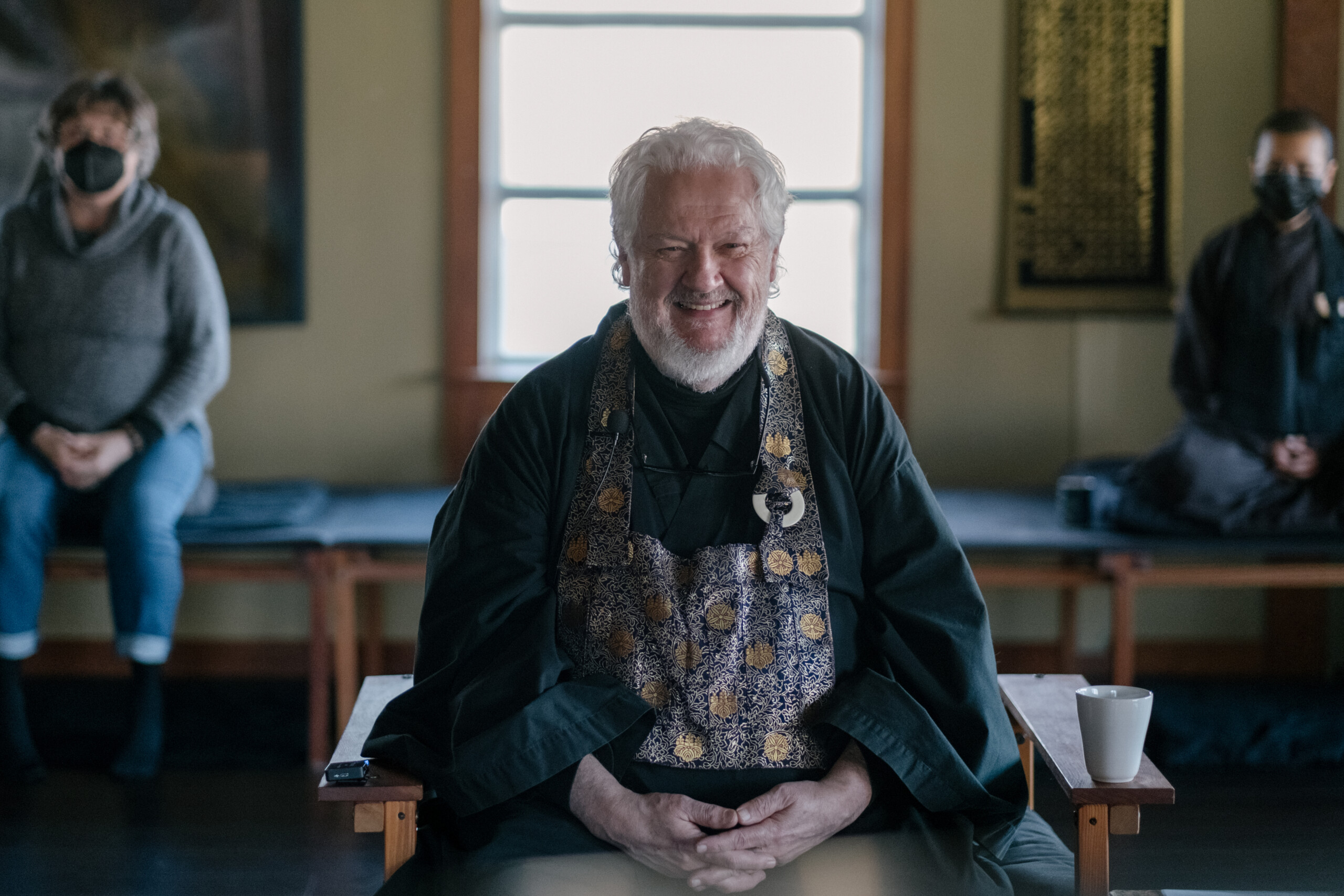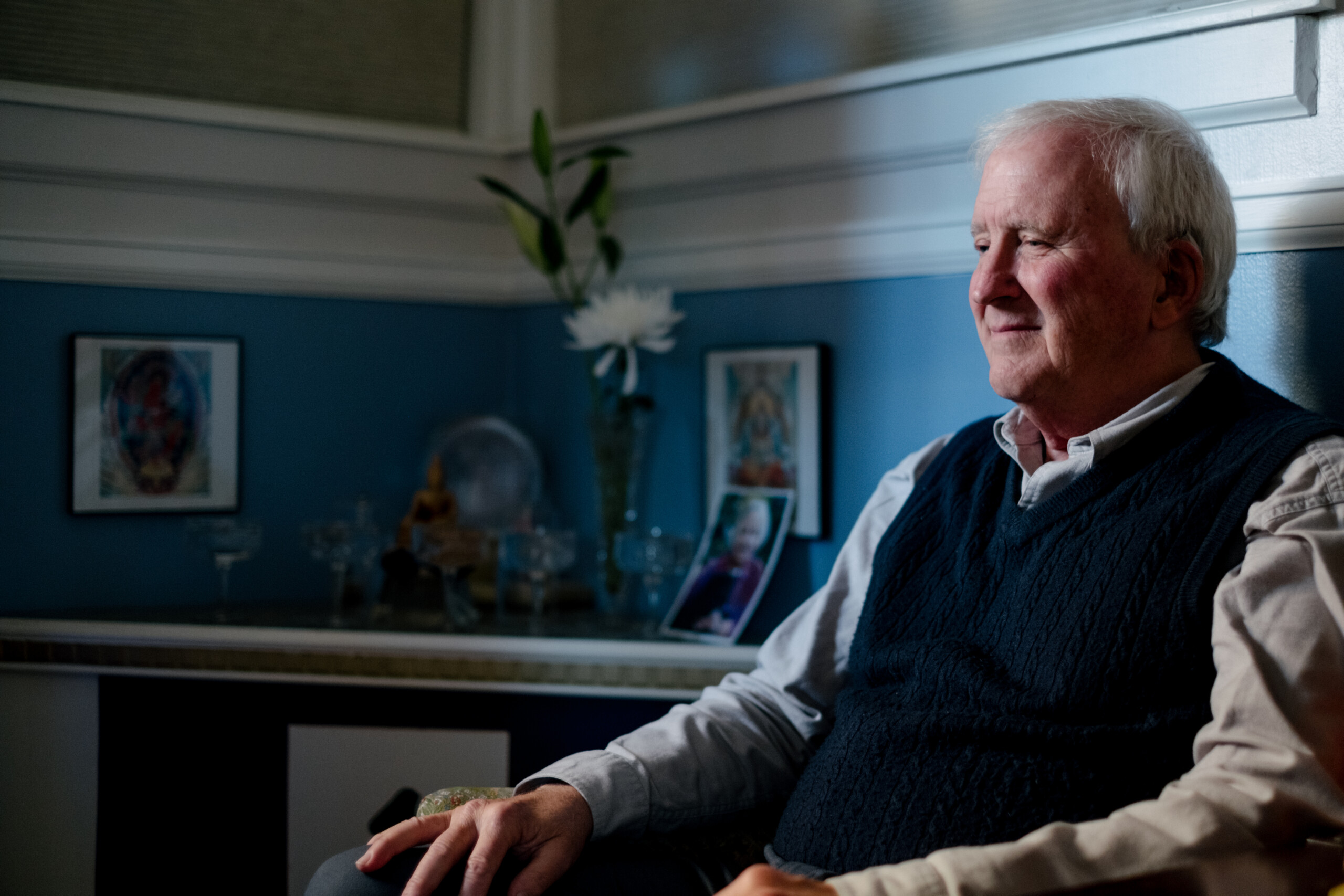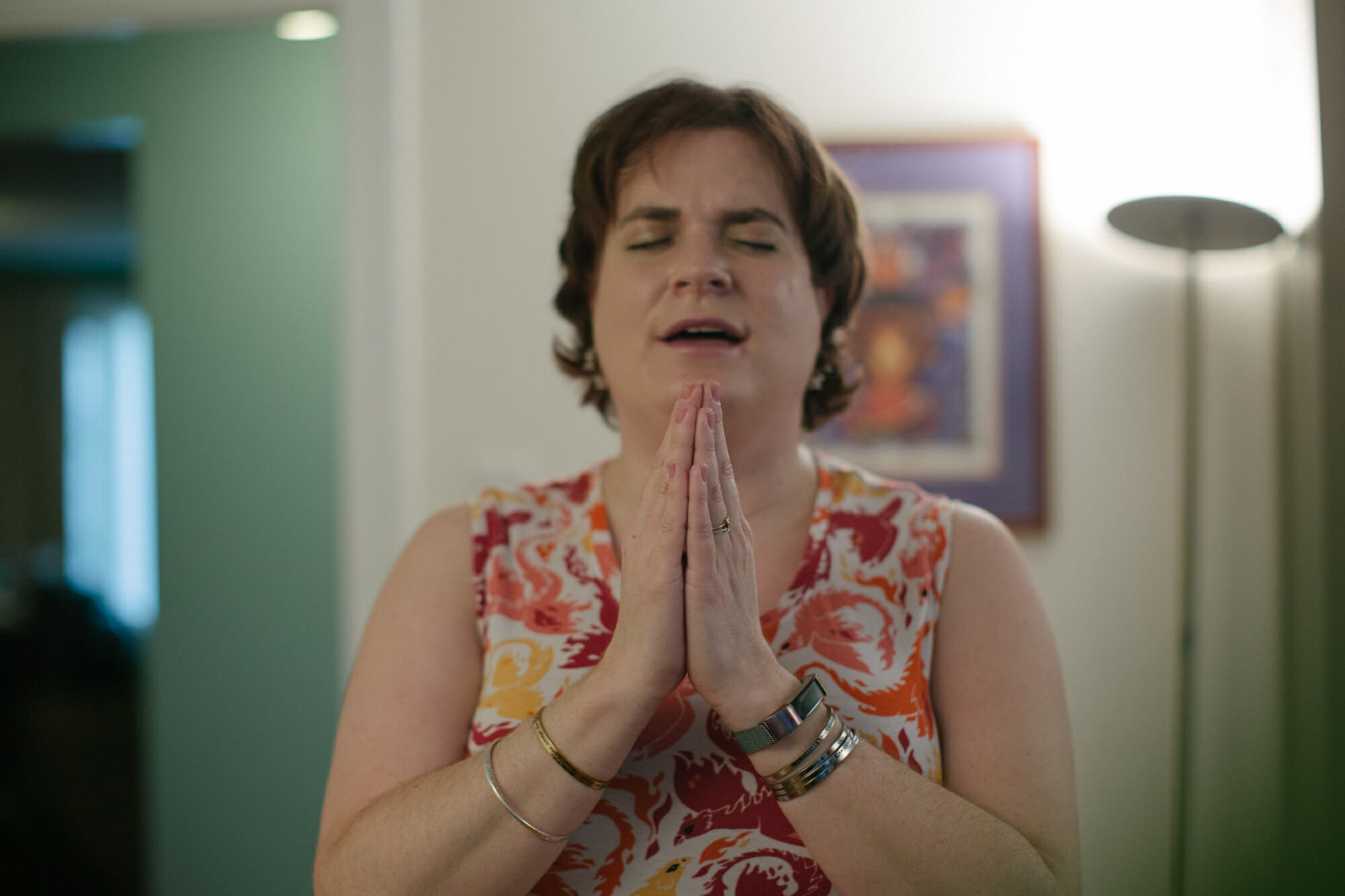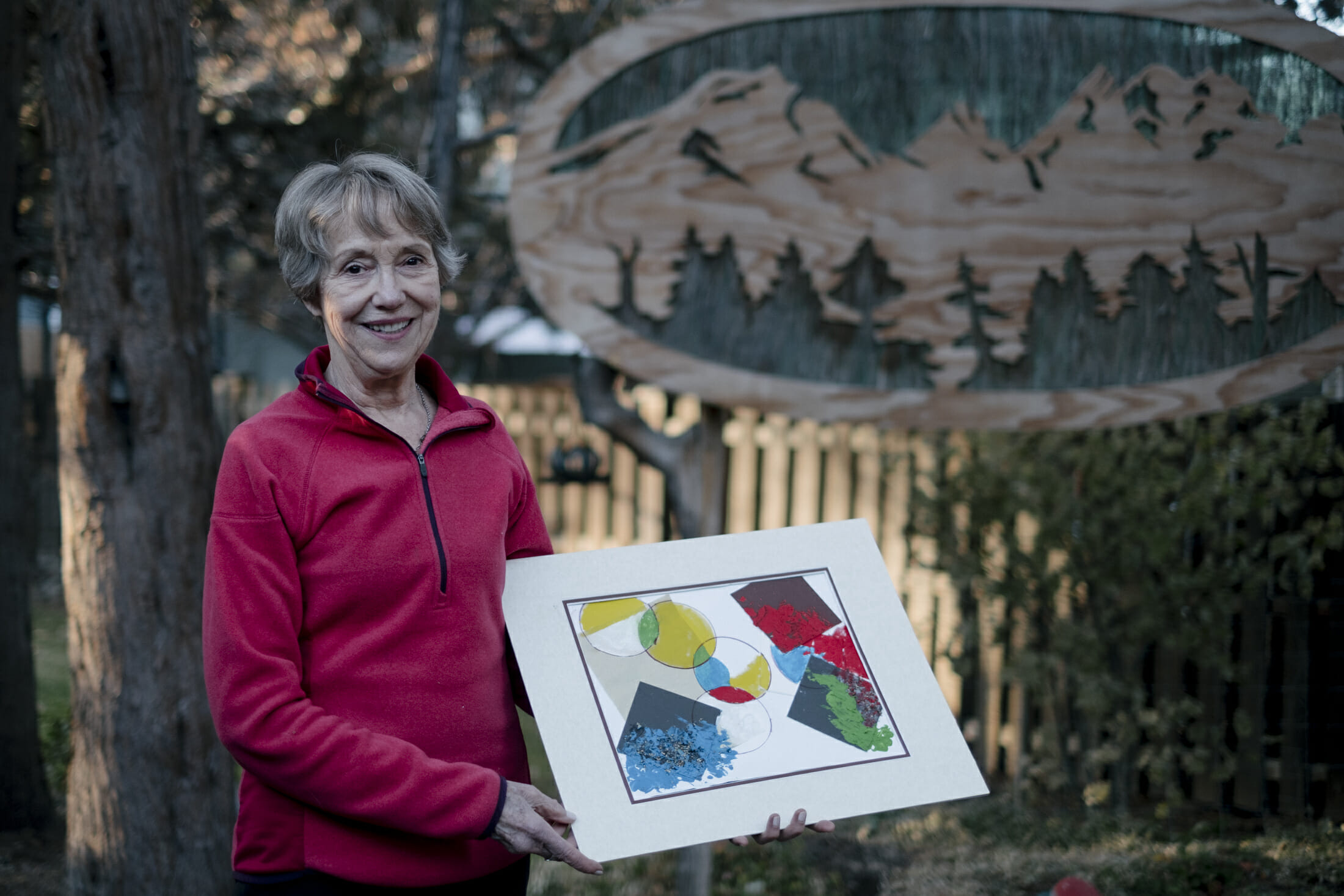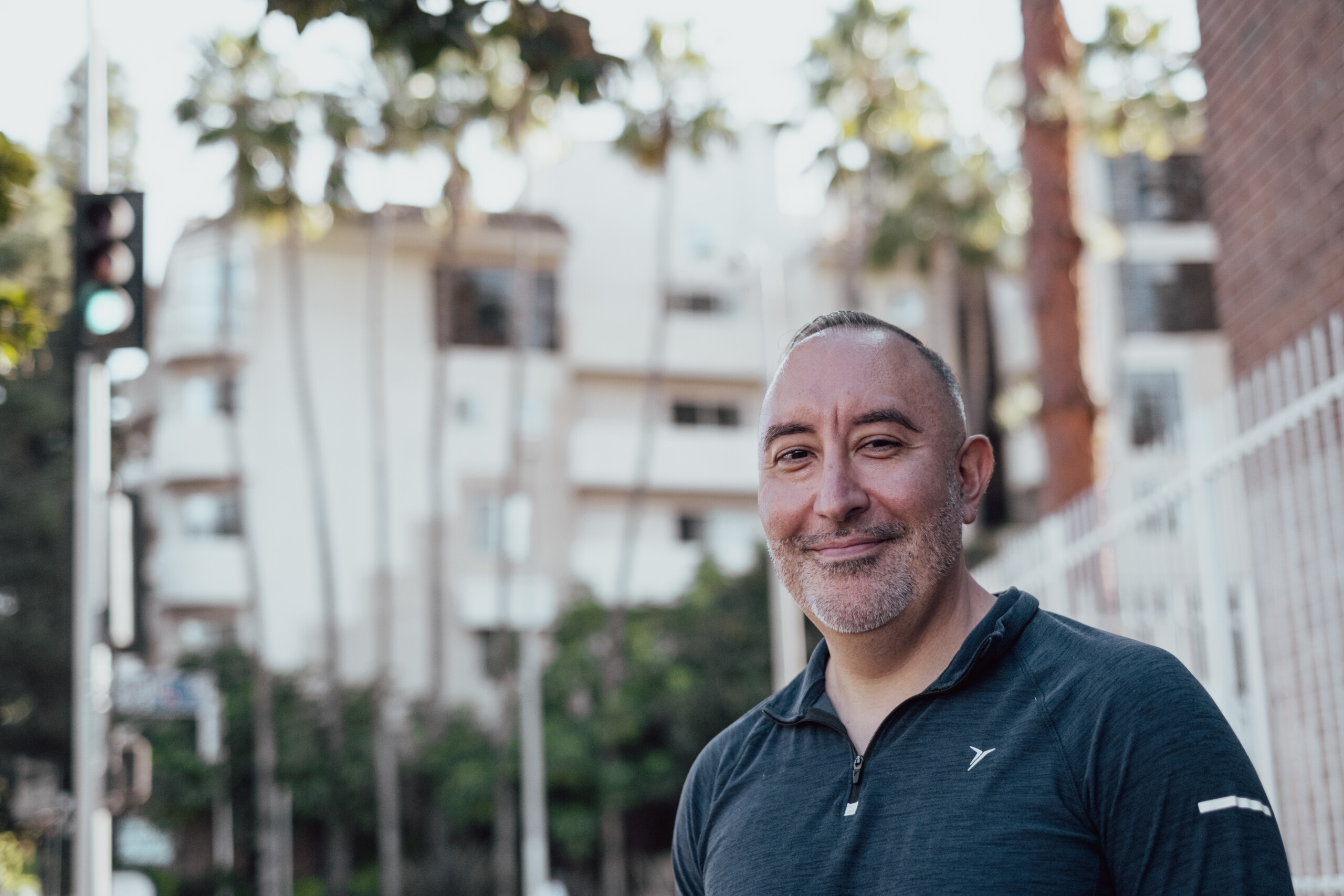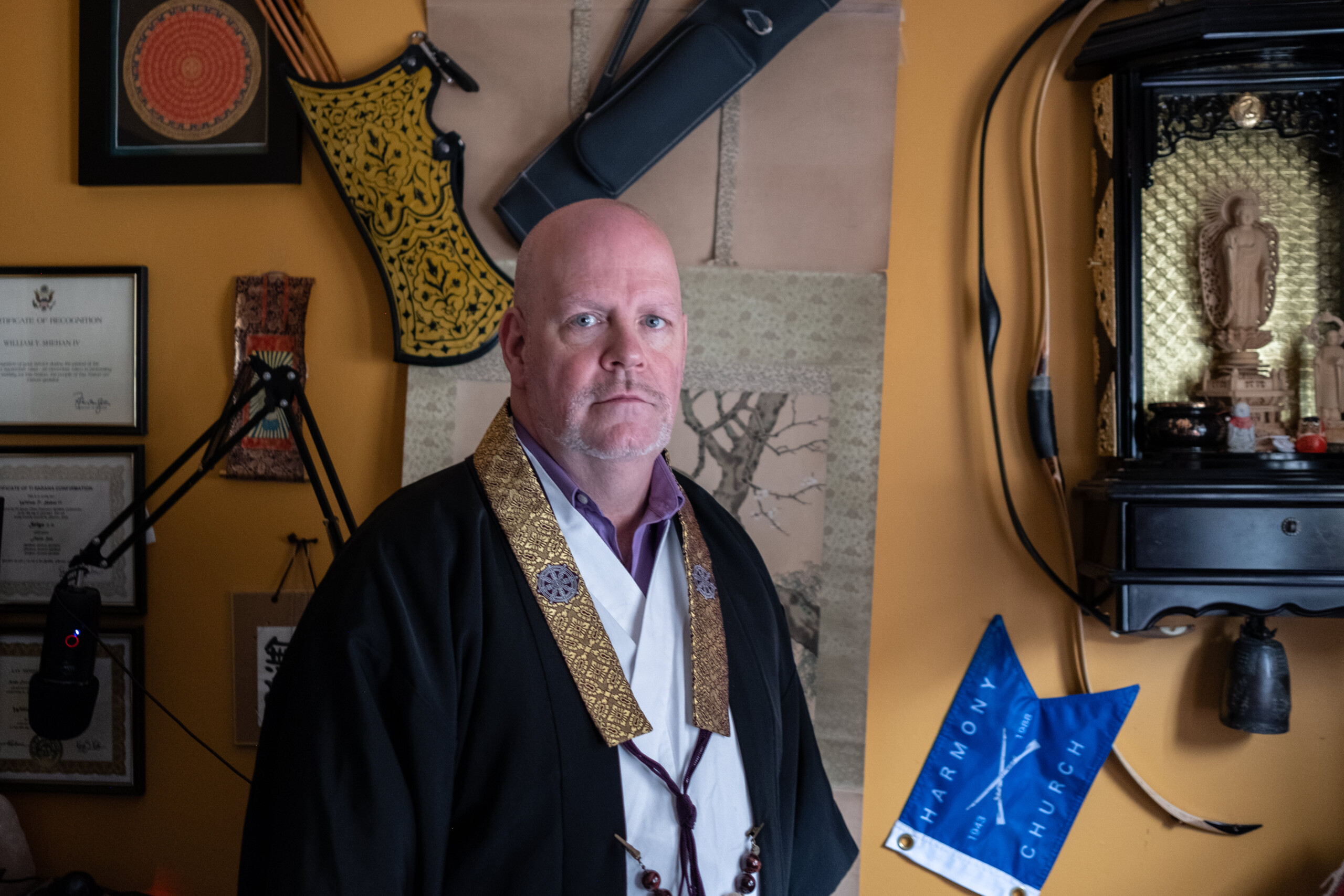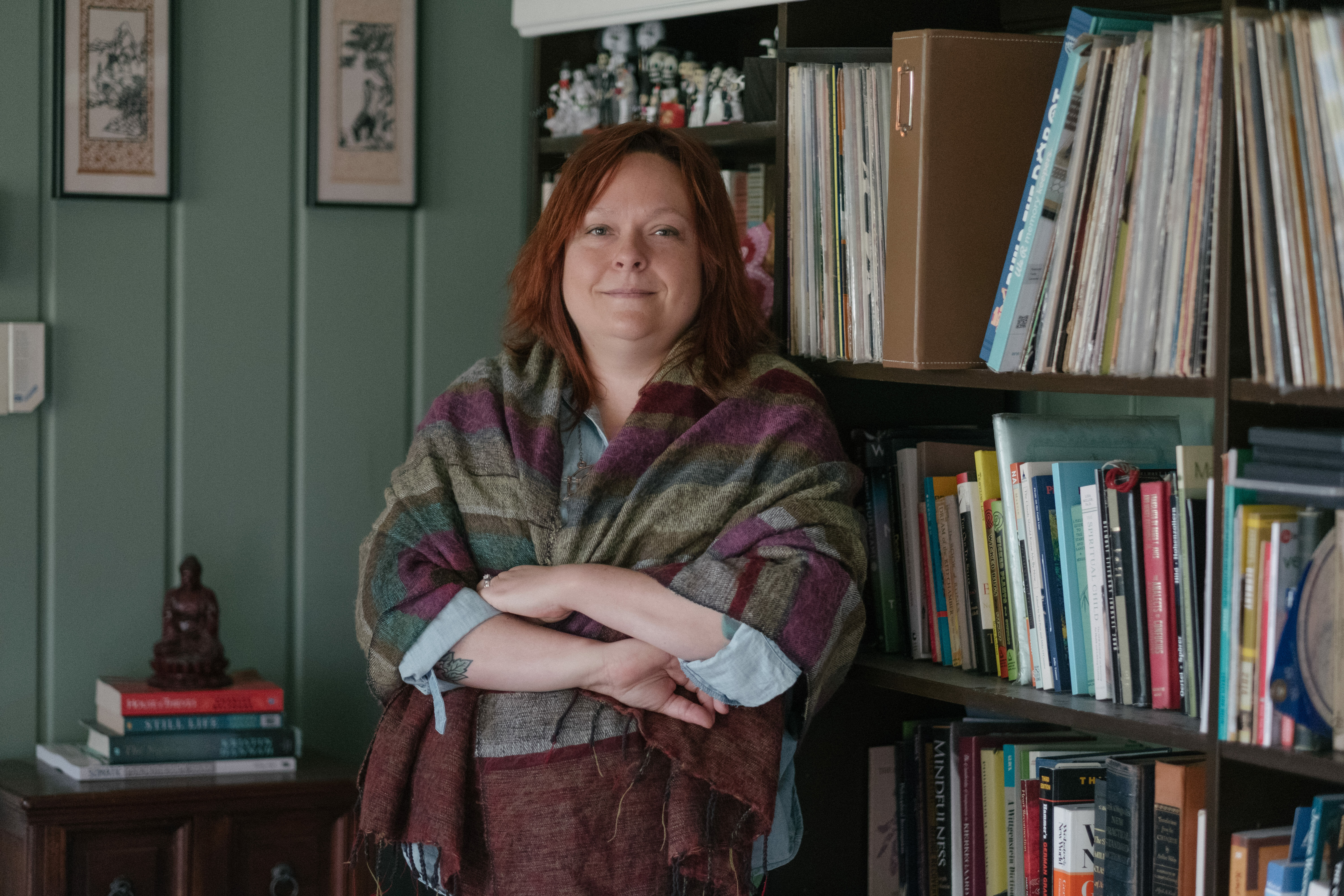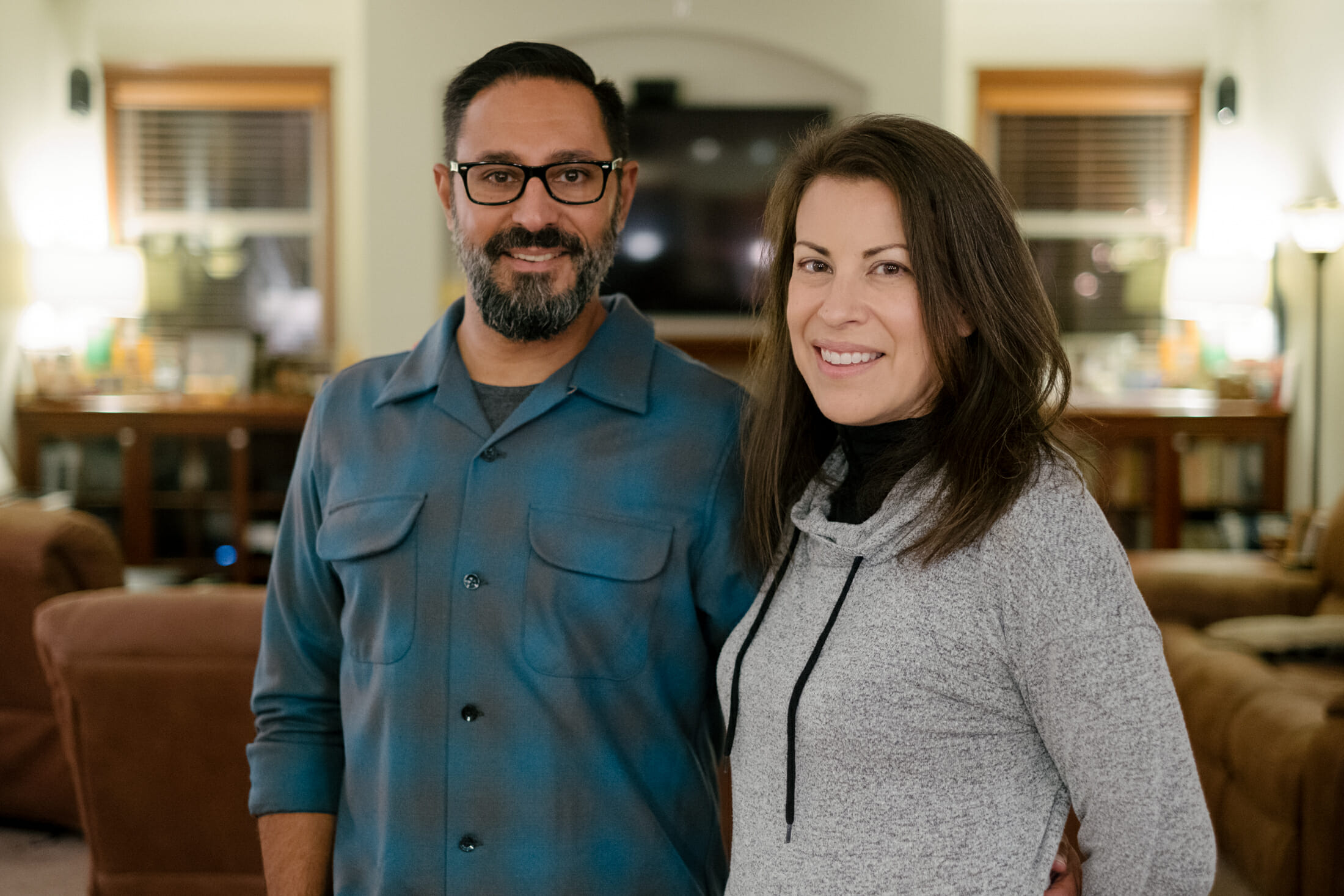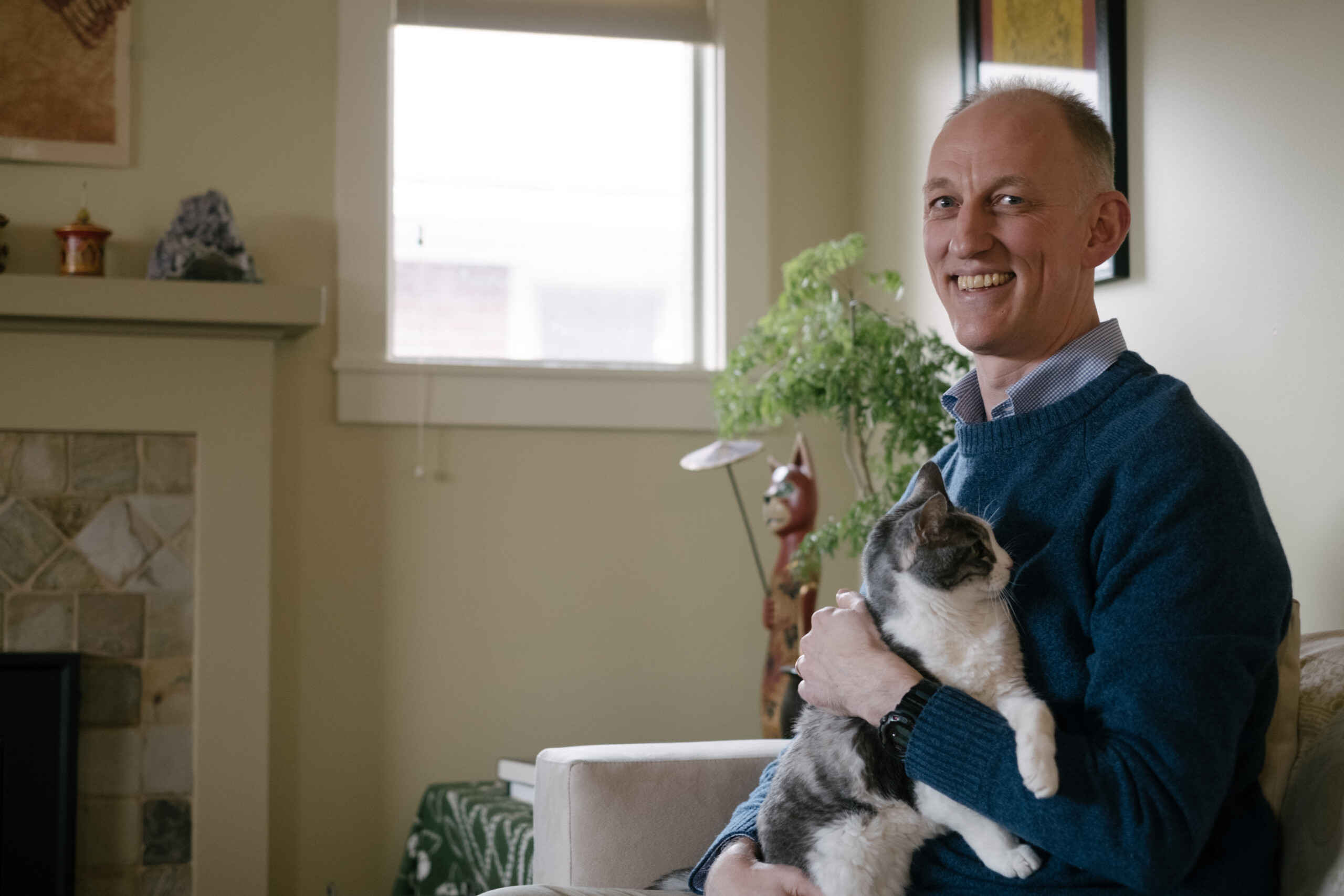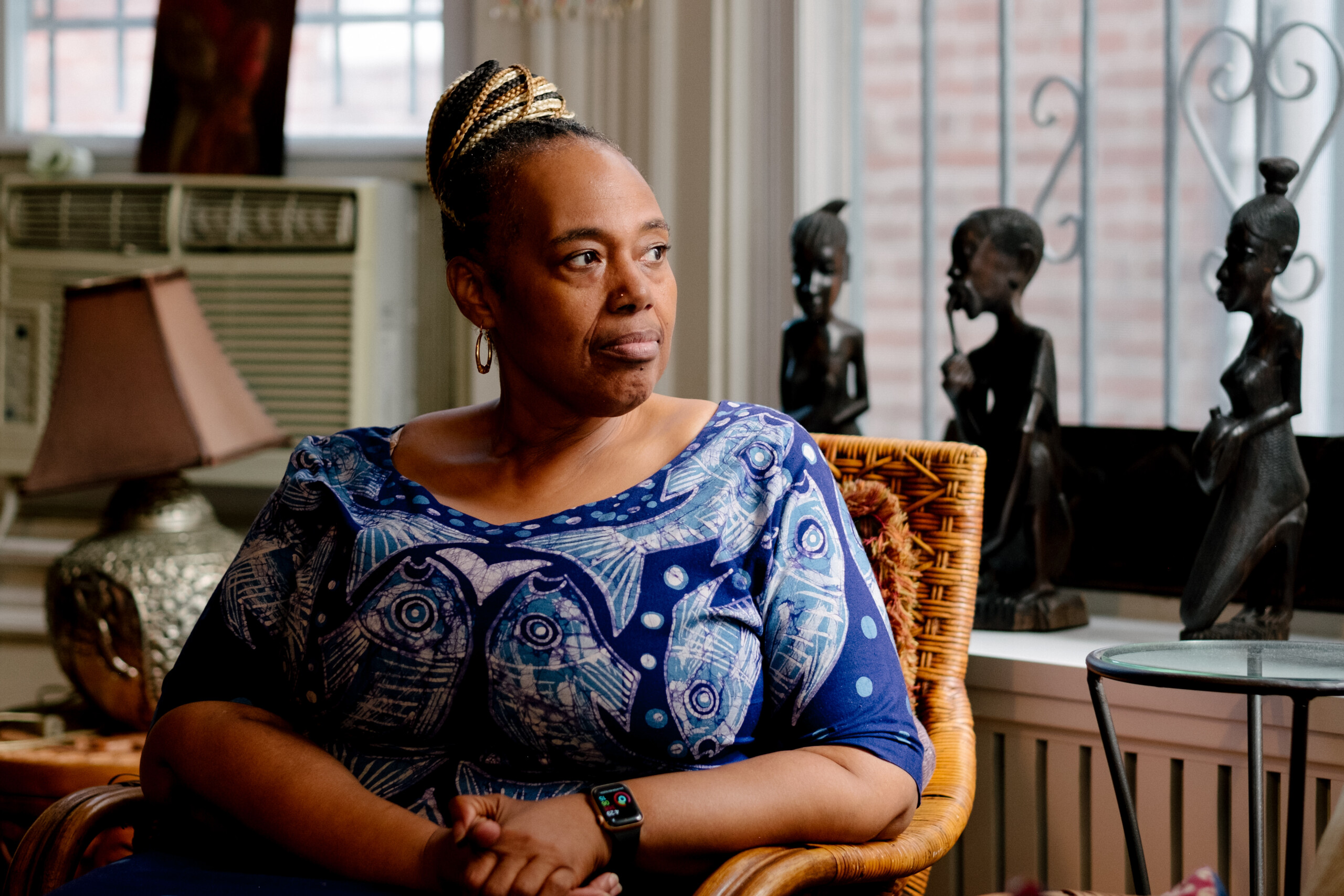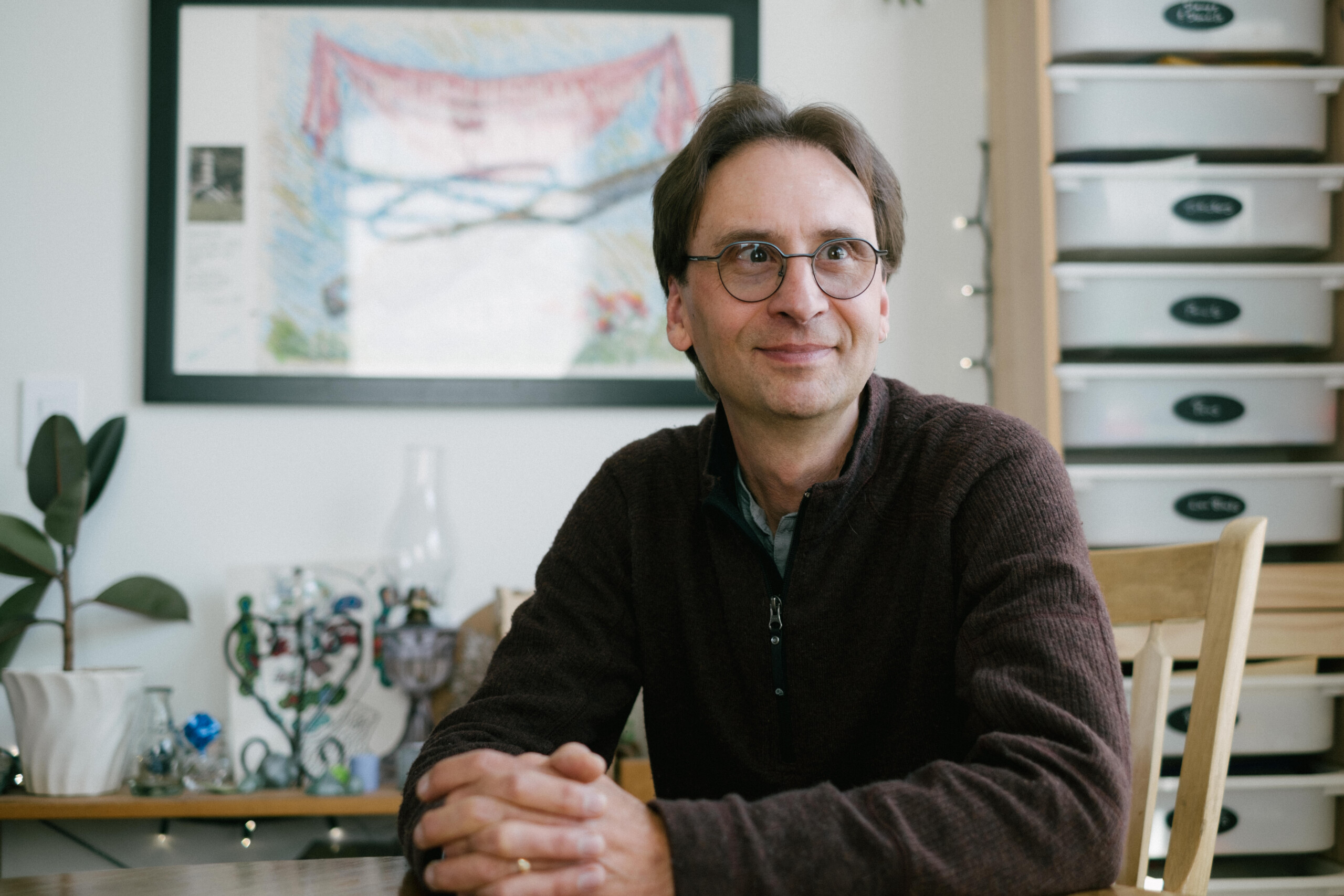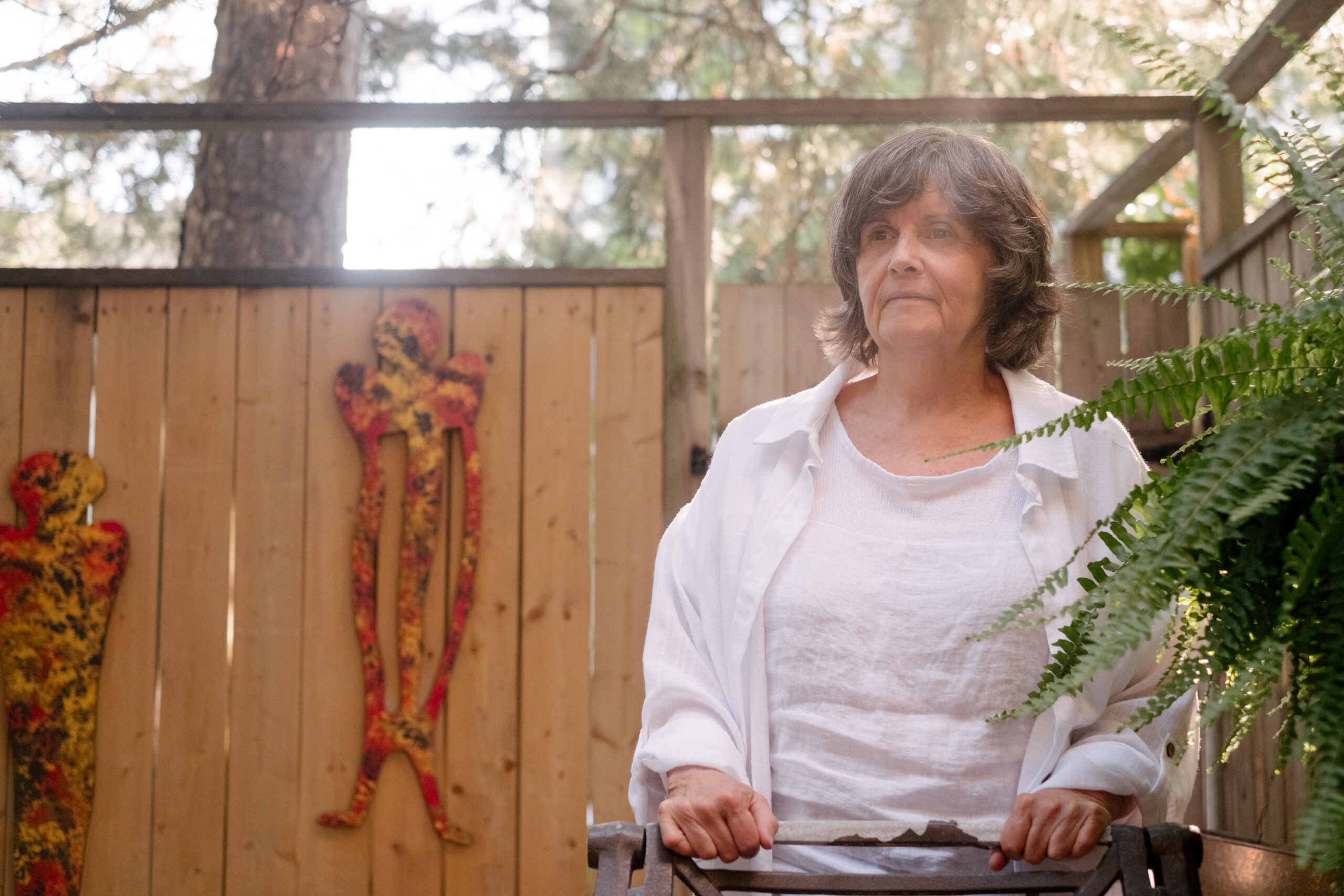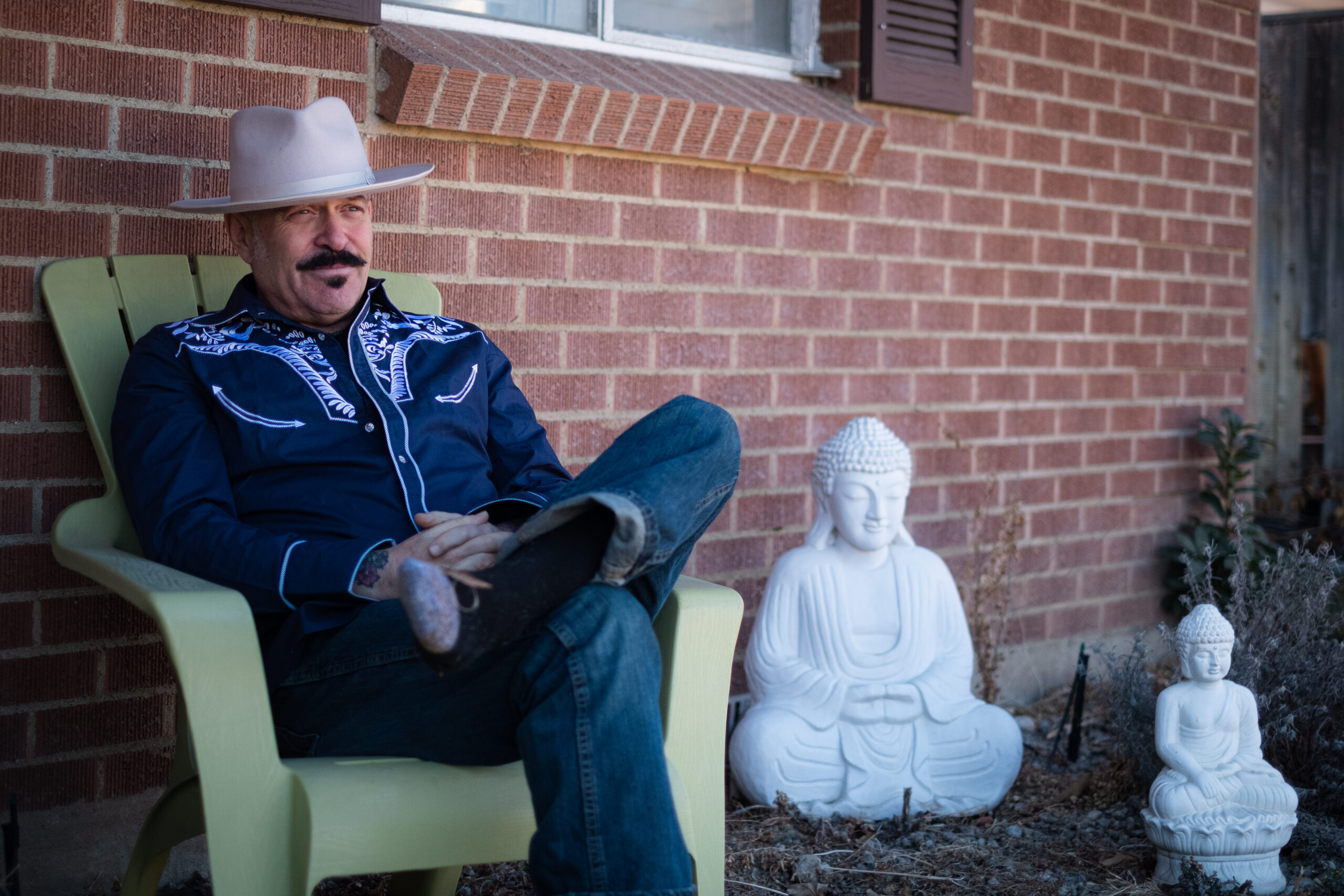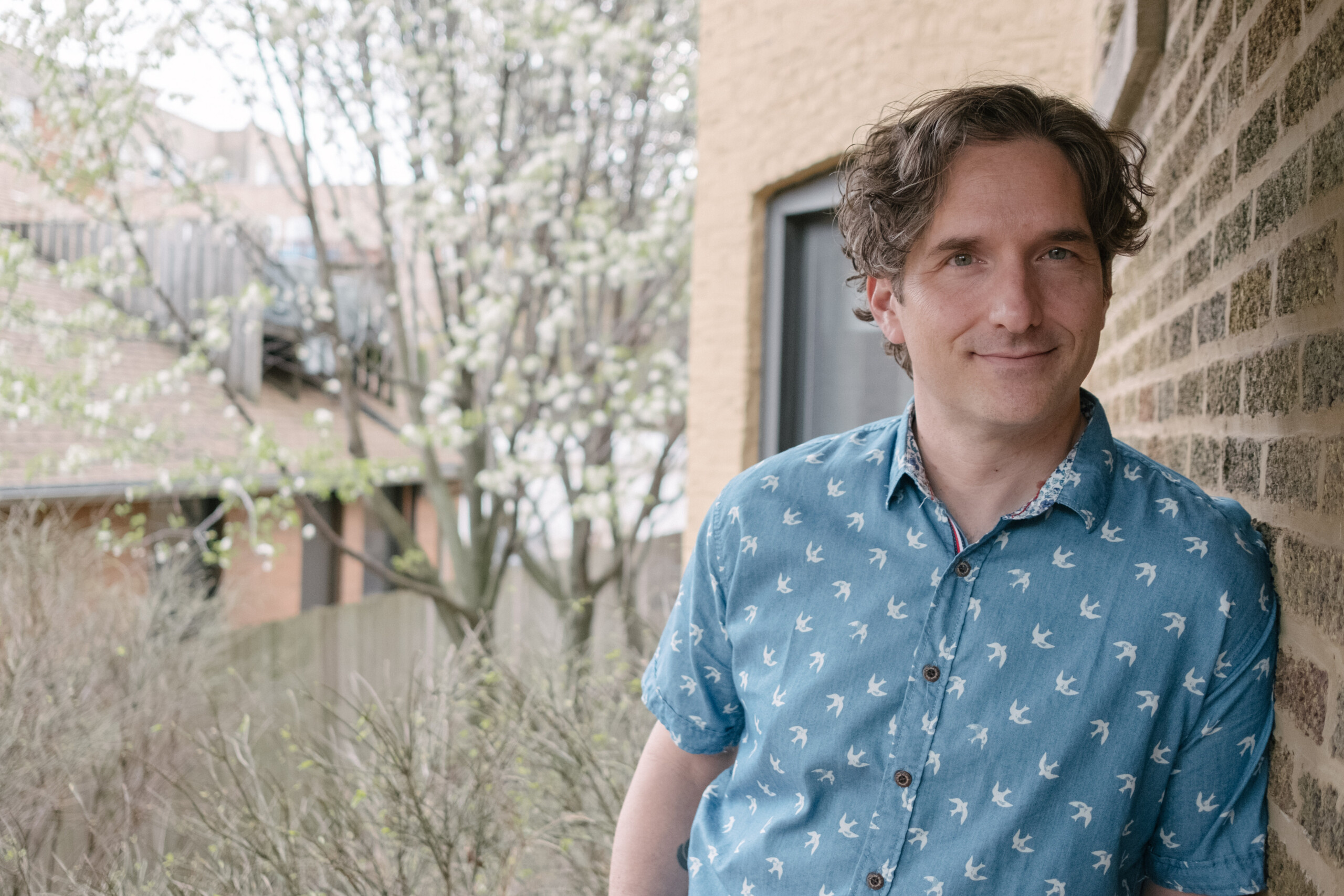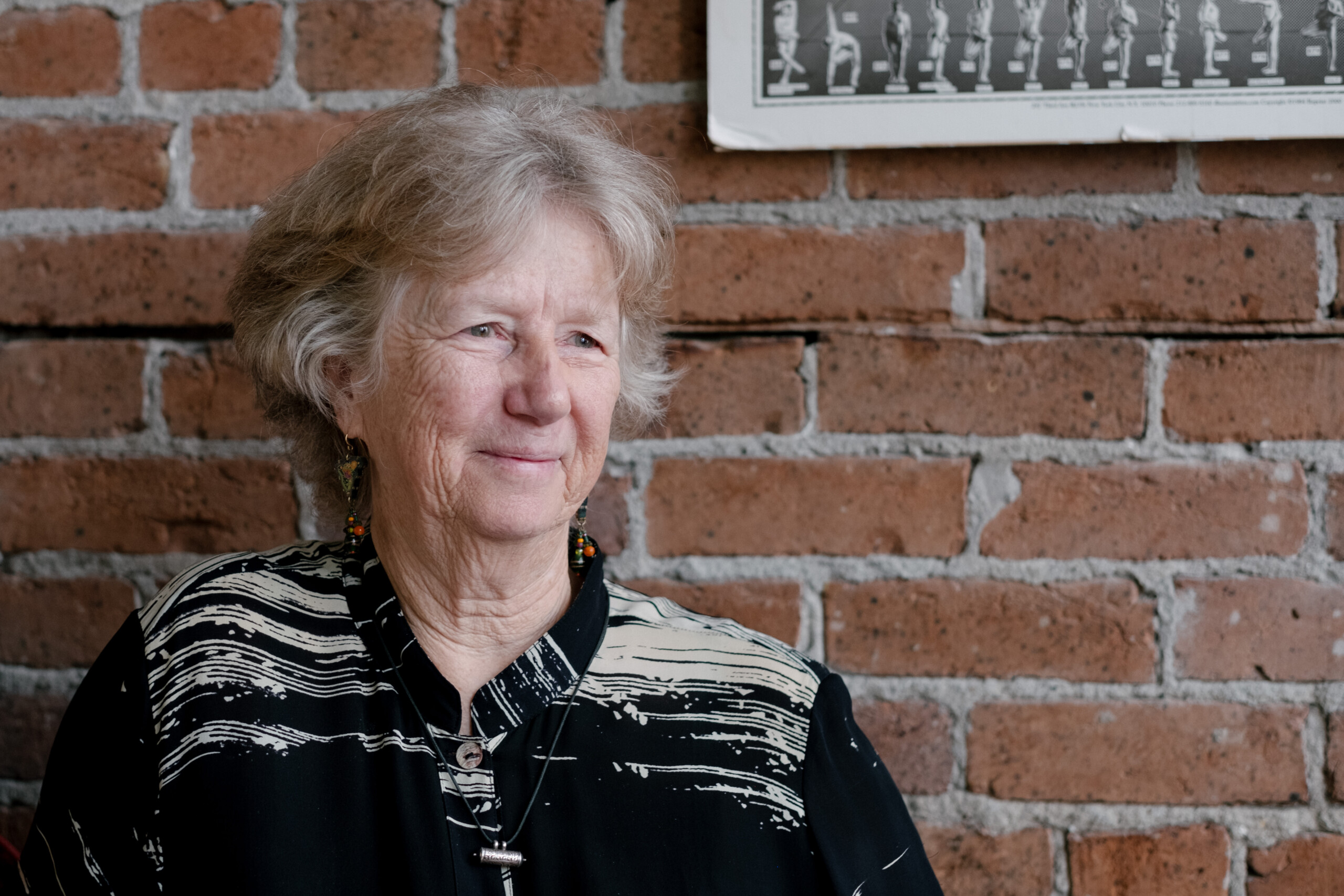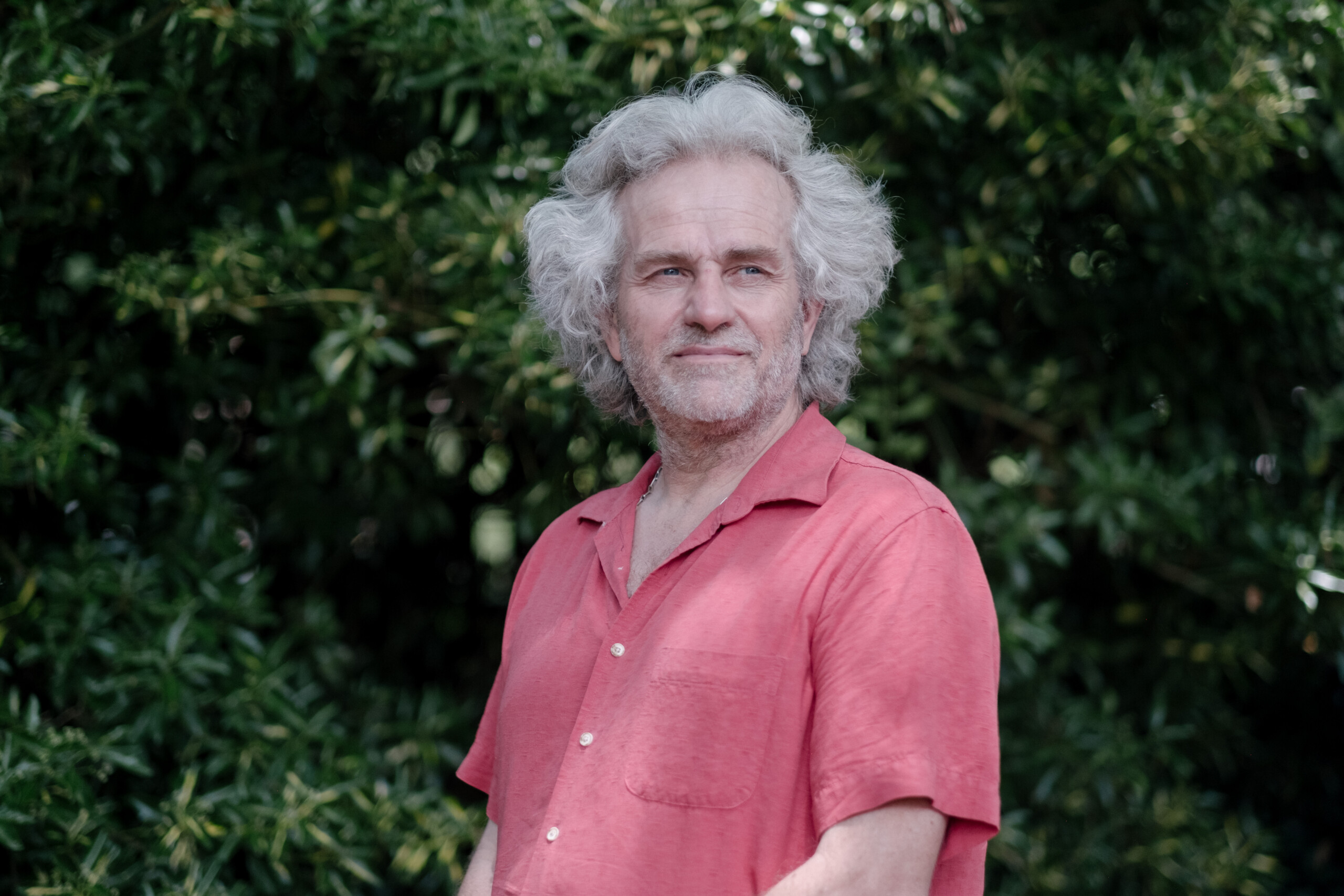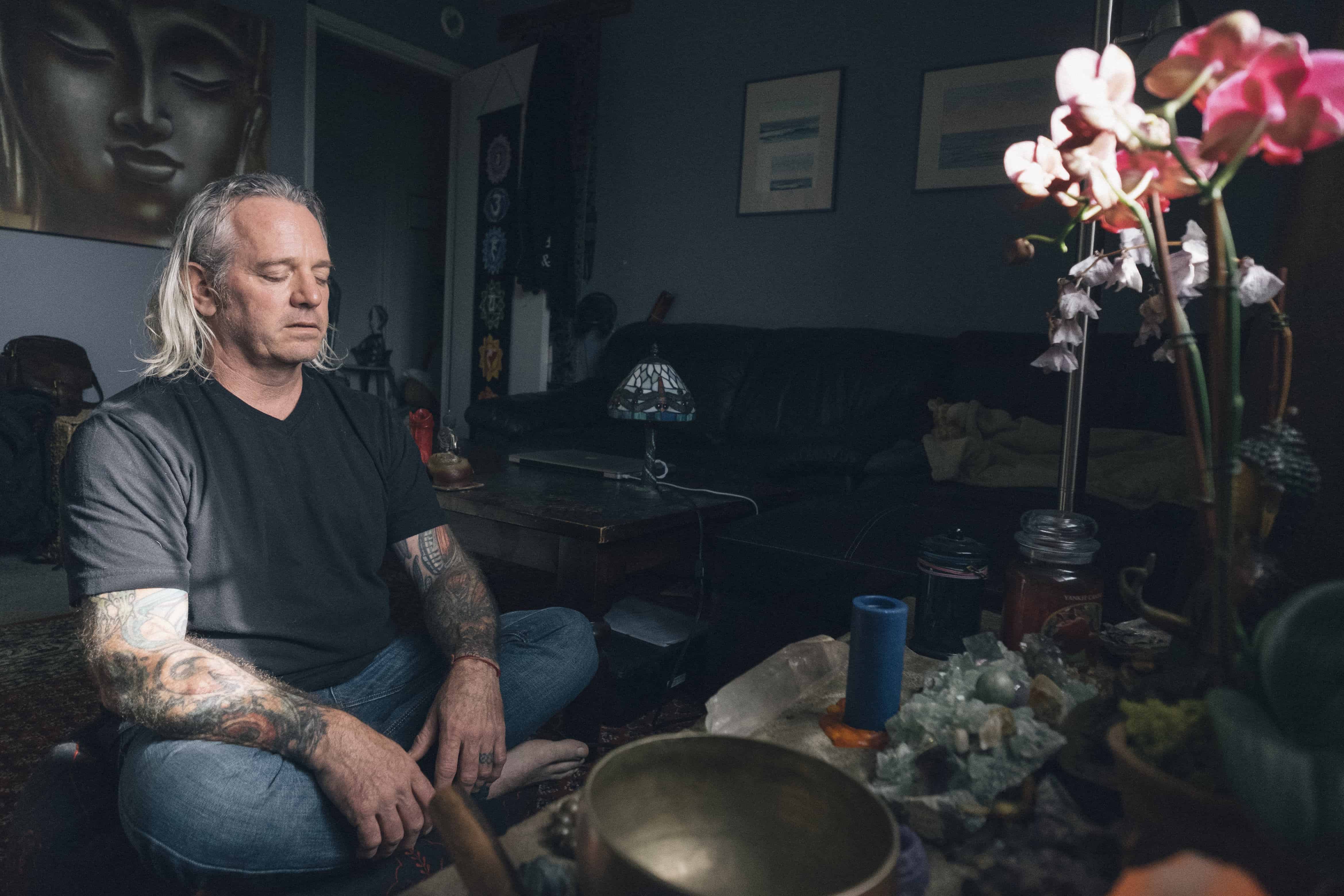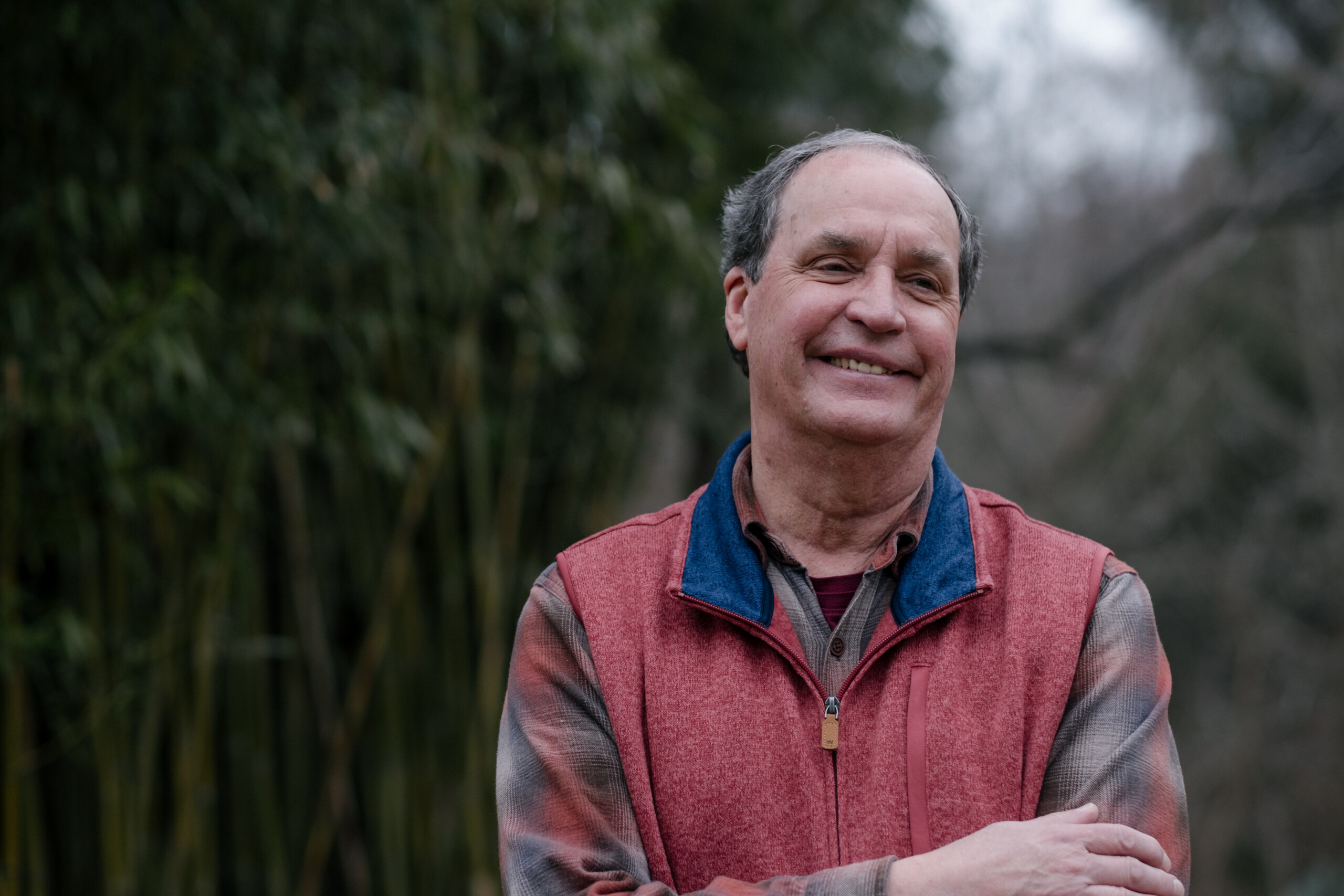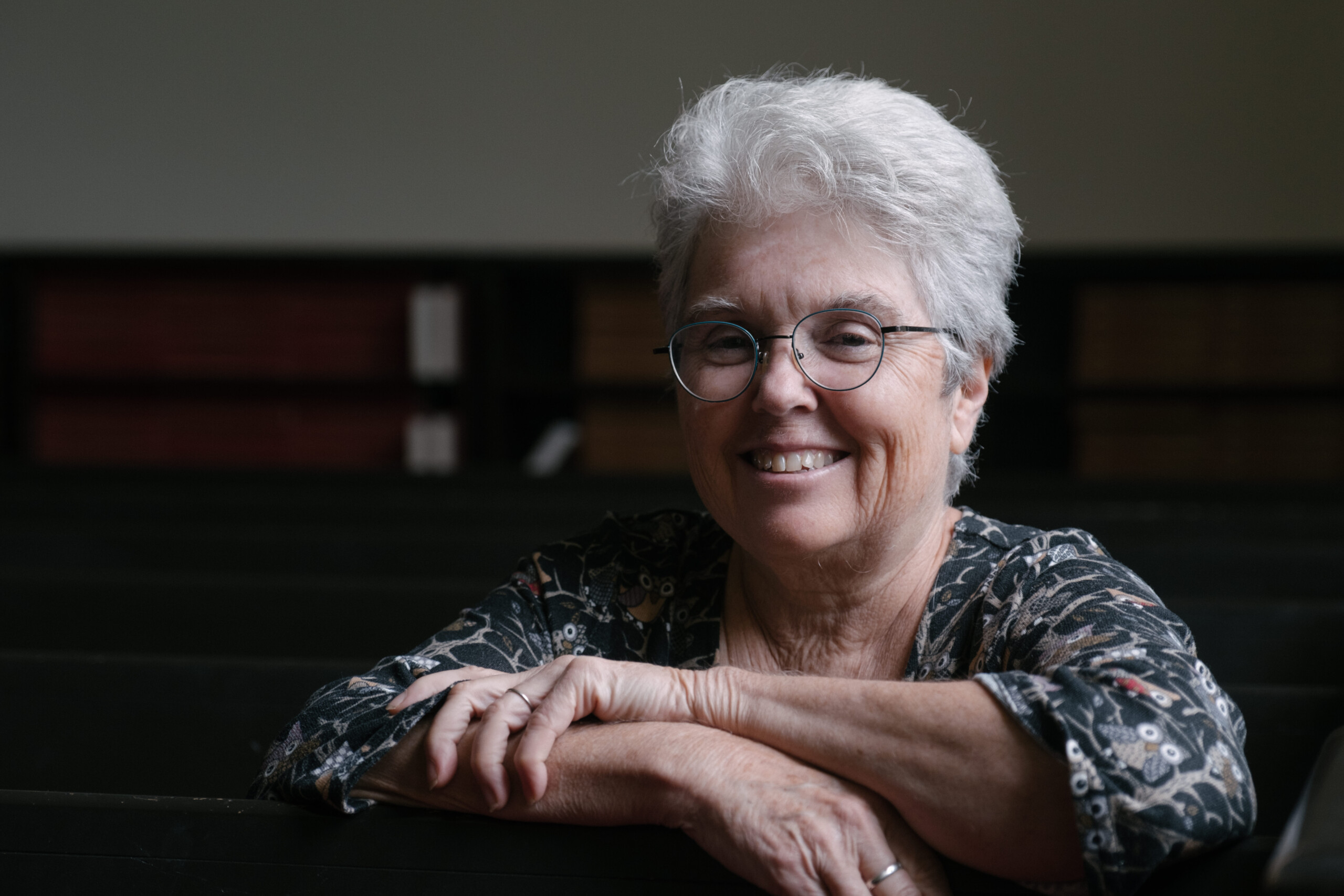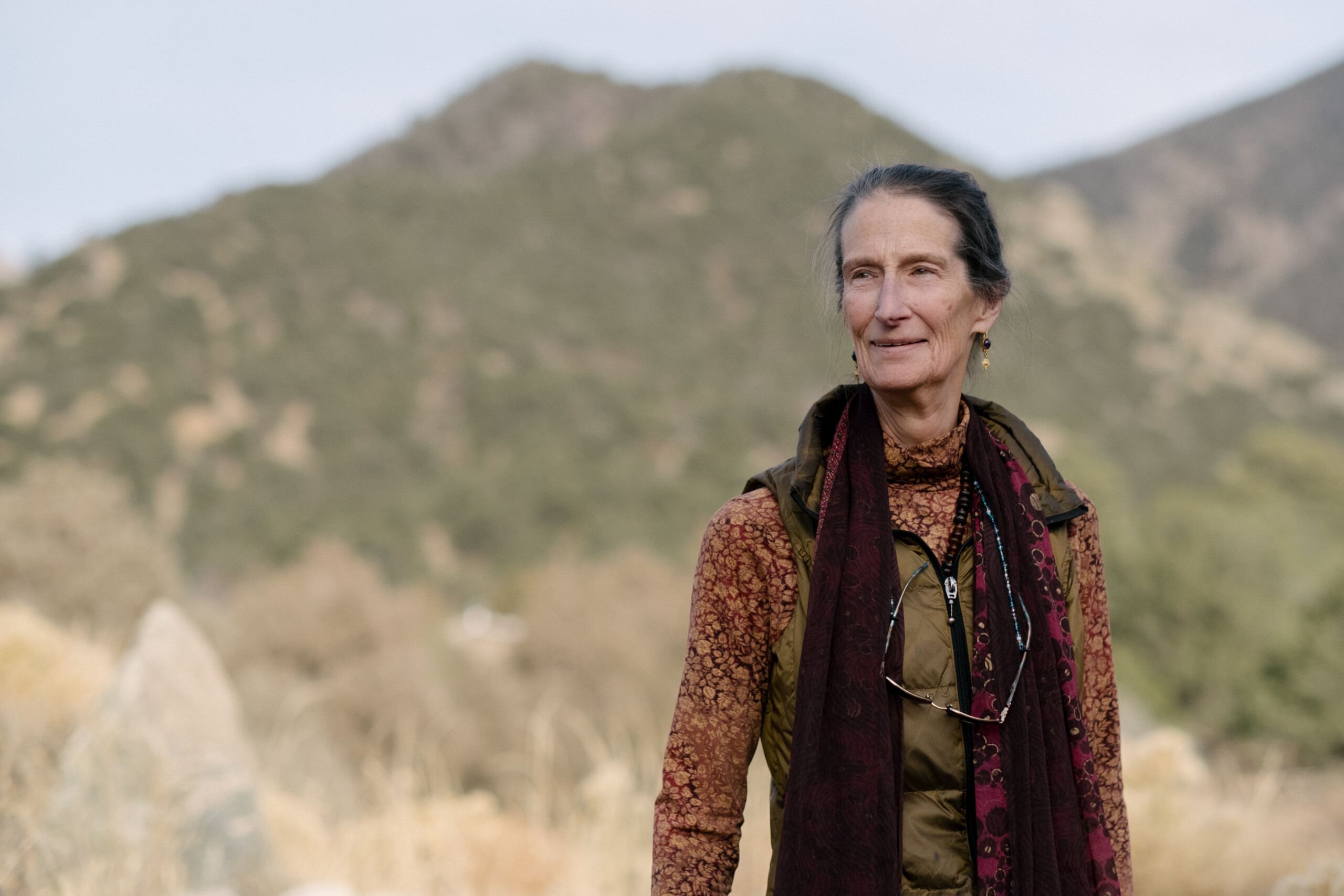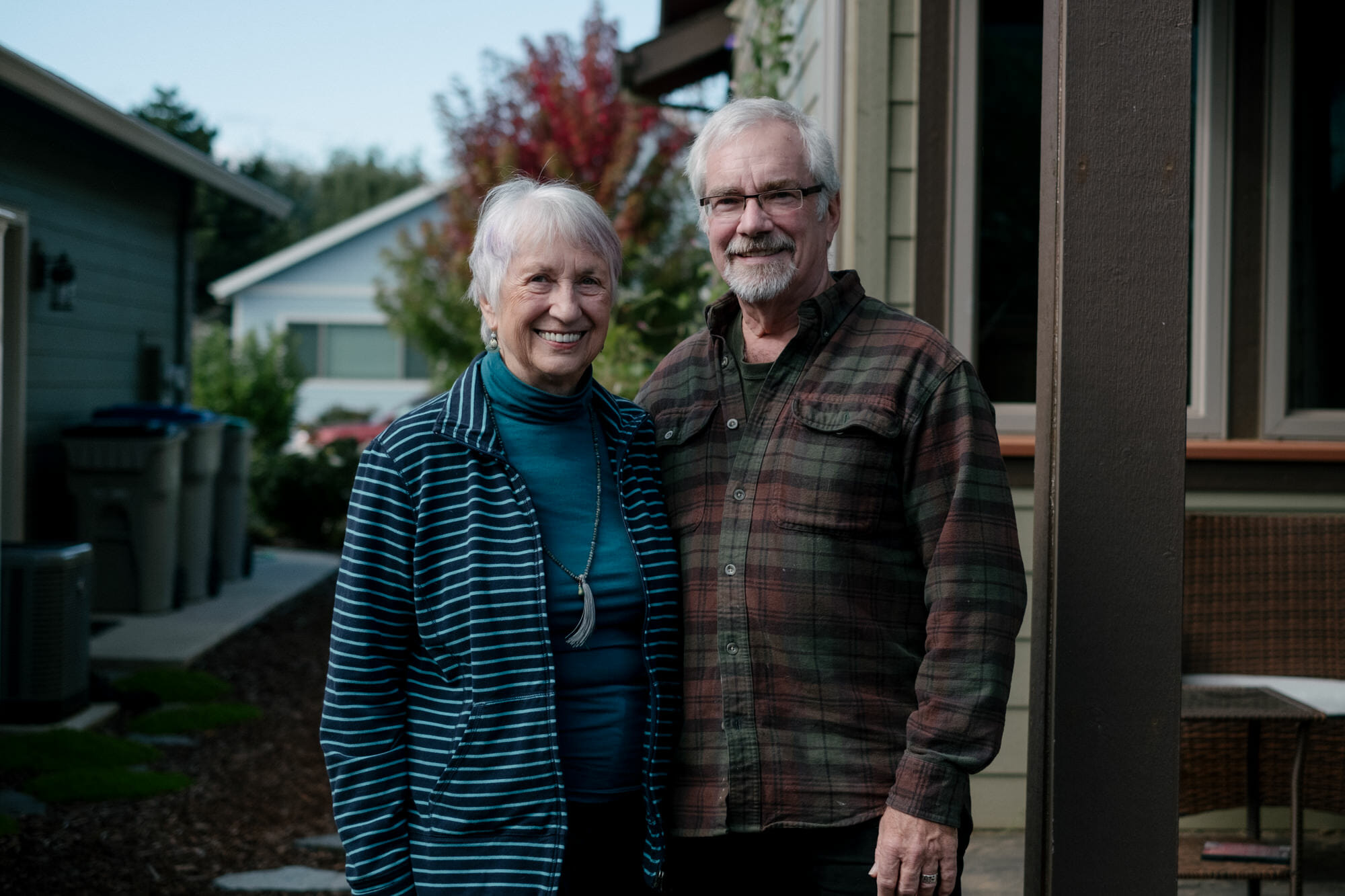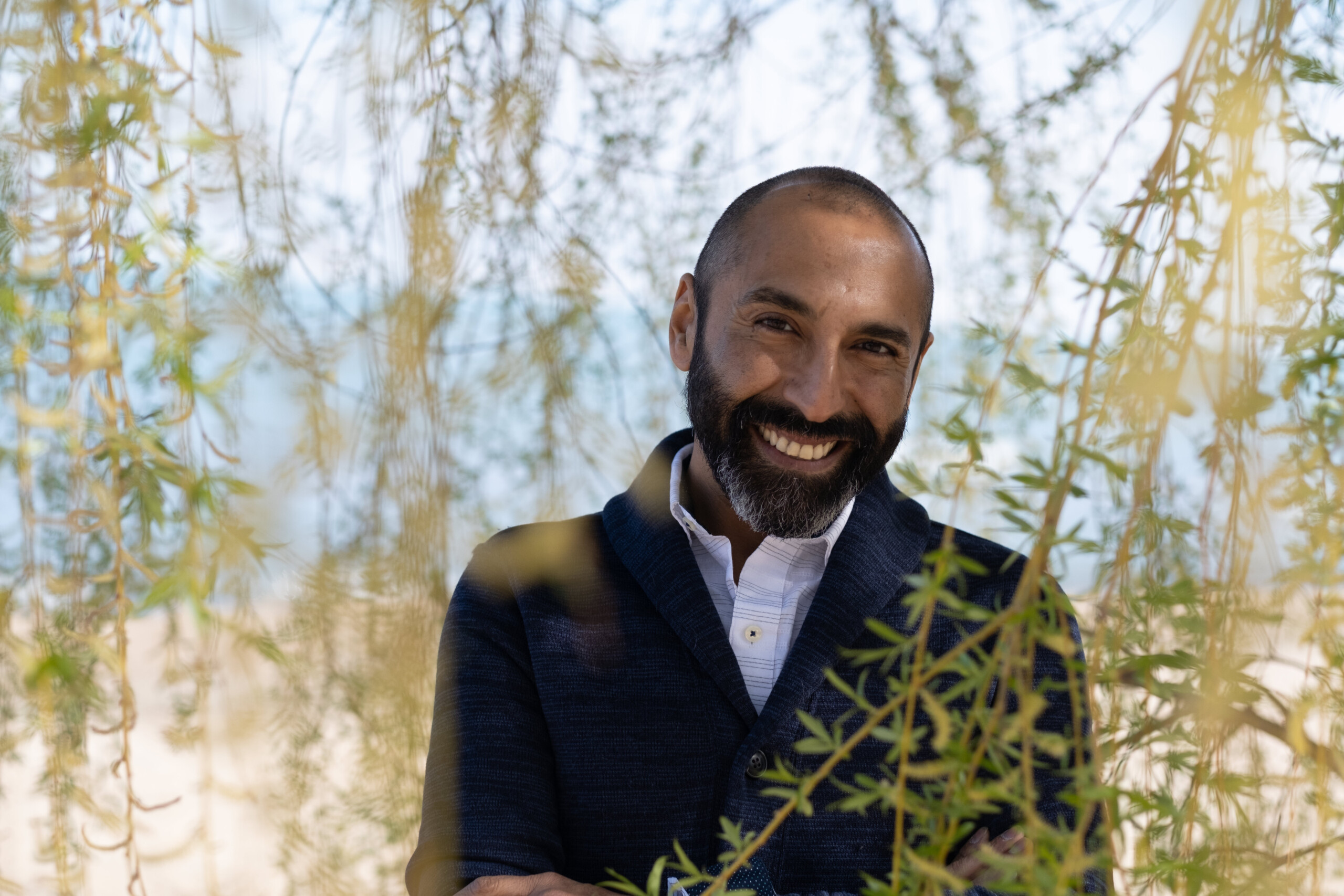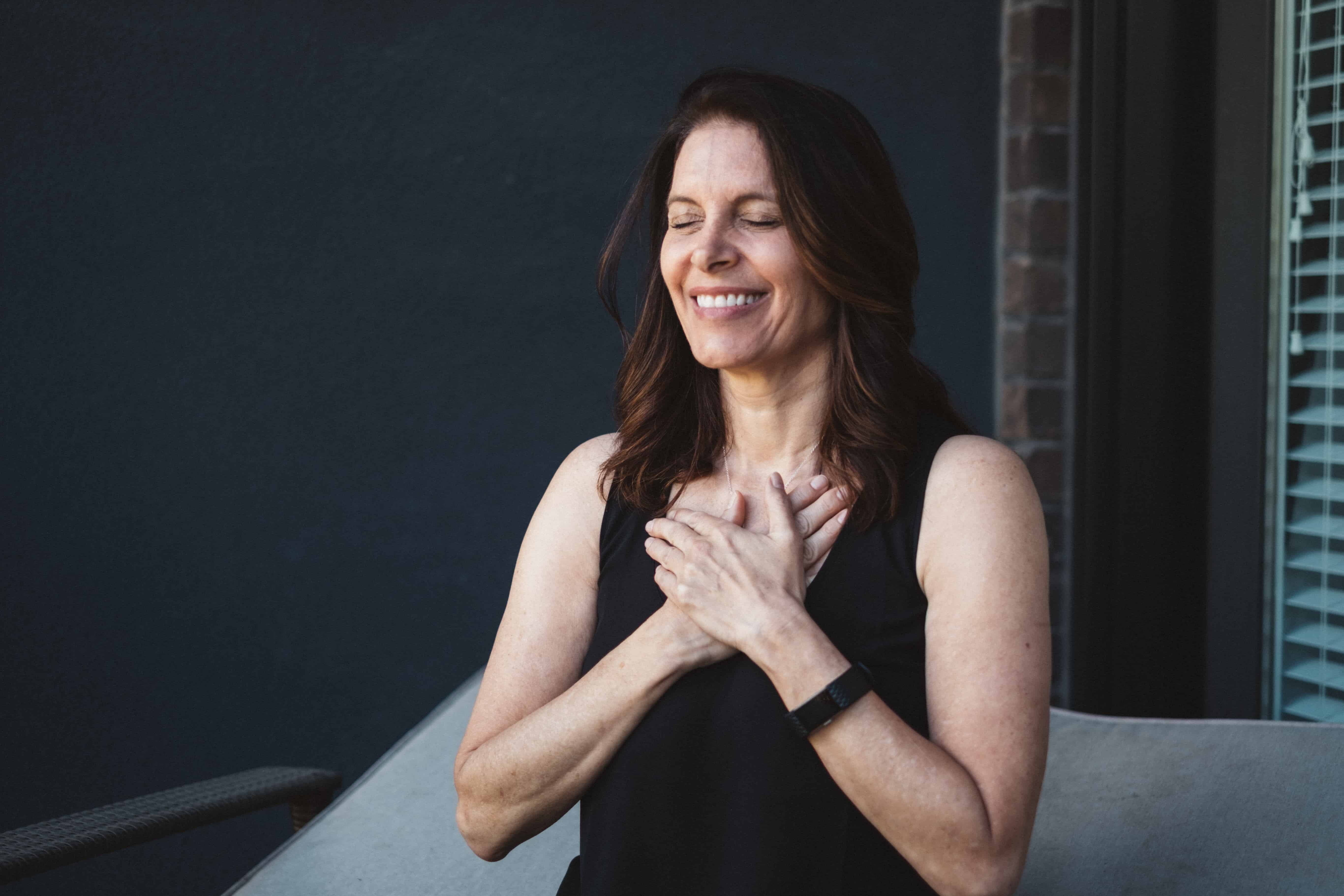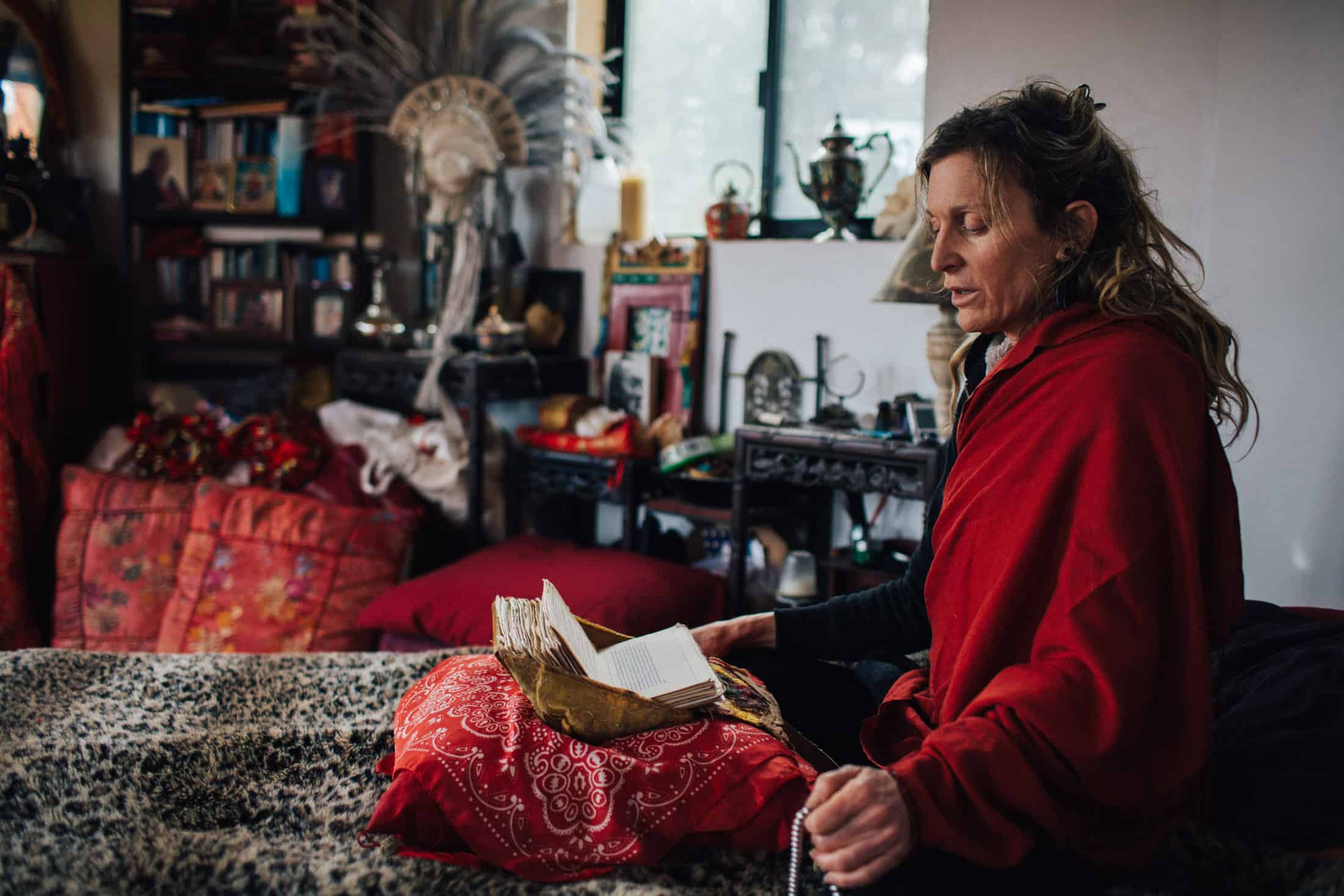Background
Pema resides in Madison, Wisconsin, and is an integral part of Joyful Path Meditation and Healing Center, affiliated with the White Conch Dharma Center. Engaged in both lay and monastic practices, Pema plays diverse roles within the organization, serving as a chaplain, Dharma teacher in training, and a listener for spiritual queries.
Having served in hospitals, nursing facilities, and prisons, Pema’s organization focuses on a holistic healing mission, offering programs encompassing secular mindfulness, stress reduction, yoga, and spiritual training. Pema emphasizes the importance of understanding suffering and the universal desire for happiness that drew her to Buddhism after 29 years of searching for spiritual resonance.
Pema’s journey into Buddhism began with a friend’s influence and initial exposure to mindfulness meditation. However, it was a chance encounter with a teacher during a camping trip that deeply resonated with her. The teacher’s profound insights into Pema’s life situation and the feeling of being seen and supported marked a turning point, leading Pema to commit to her current teacher’s guidance. Despite brief engagements with other teachers, Pema believes she was destined to meet her current teacher, whose teachings have significantly impacted and benefited her.
Adapting to the West
Pema, a diverse and experienced individual, reflects on her varied career paths, including business and IT. She acknowledges the importance of adapting Buddhist teachings to the Western context, emphasizing the need for relevance and understanding in the learning process. Pema describes her organization’s transition to online events during the COVID-19 pandemic, highlighting the success of interactive and community-focused experiences.
As the pandemic wanes, Pema grapples with the decision to return to fully in-person events or embrace the evolving hybrid model. She acknowledges the uncertainty and the learning curve associated with this unprecedented situation. Pema advocates for viewing endeavors as experiments, echoing the Buddha’s advice to try things out, intimately understand them, and then decide on acceptance or rejection.
Pema underscores the challenge of societal aversion to failure and shares insights from a presentation emphasizing the value of failure as a crucial part of the learning process. She encourages a mindset of experimentation and flexibility, urging a departure from rigid expectations in favor of adapting to what works best. Pema emphasizes the core Buddhist principle of alleviating confusion to end suffering and underscores the importance of continuously questioning and refining approaches, both in personal practice and in managing dharma centers. Despite being a lifelong learner, Pema finds solace in the organic flexibility inherent in viewing life as a continuous experiment, guided by the foundational teachings of Buddhism.
Challenges
Pema offers insights into recognizing authentic teachers, teachings, and practices, particularly for those new to Buddhism. She emphasizes the complexity of determining authenticity, acknowledging her own ongoing learning journey. Pema highlights the individualized nature of this evaluation, urging consideration of the practitioner’s personal transformation and alignment with teachings.
Drawing parallels with experiences in yoga, Pema notes that not all teachers, even those from abroad, may possess the highest qualifications. Instead of relying on traditional terms, she suggests practical questions, such as inquiring about a teacher’s lineage, daily practice, and the evolution of students over time. Pema encourages understanding the stories of students, their transformative experiences, and the challenges they faced.
Challenging the notion that a teacher’s role is to make students feel better, Pema advises seeking instructors who facilitate change and progress toward personal aspirations. She cautions against choosing a teacher solely based on personal liking, emphasizing the importance of guidance that fosters growth, even if it initially feels challenging. Pema acknowledges the difficulty in determining authenticity, suggesting a multifaceted approach that includes both traditional considerations and contemporary insights, leaving room for ongoing exploration and discovery.
Worldview
Pema, emphasizing the long-term nature of global change, explores the energies fueling transformative efforts. She shares insights from her teacher, highlighting the two primary sources of energy: anger and altruistic great compassion. Pema underscores the widespread reliance on anger in activism, cautioning against its detrimental effects on individuals’ well-being. Drawing an analogy to chemotherapy, she likens anger to a negative strategy with potential side effects.
Advocating for the cultivation of altruistic great compassion, Pema acknowledges its challenging nature but emphasizes its sustaining energy without severe adverse effects. She urges consideration of compassionate approaches in the pursuit of global changes. Addressing the societal norm of pushing and the negative consequences it entails, Pema advocates for strength and determination without tension, fostering a healthier approach.
Pema delves into a practice involving the imagining of immeasurable patience, leading to feelings of freedom and safety. She connects this practice to Buddhism’s potential to instill such qualities universally. Pema challenges the notion that such aspirations are impossible, encouraging even a one percent increase in qualities like patience, calmness, and compassion. She posits that envisioning a world with increased well-being for all beings is foundational in Buddhism, urging individuals to work towards such transformations with practical, logical, and reasonable efforts. Pema concludes by questioning why one wouldn’t strive for such positive changes unless they doubted the possibility.
Importance of Lineage
Pema reflects on the unique emphasis within each religious tradition, such as Christianity and Buddhism, with distinct variations among denominations, sects, and schools. She explains the importance of lineages in Buddhism, where teachers confirm students’ understanding to ensure a clear transmission of teachings. Pema acknowledges potential challenges when practitioners draw teachings from multiple sources with different emphases, especially when lacking a deep understanding.
She highlights the confusion that may arise when attempting to integrate teachings with divergent emphases, using the example of practicing kindness in social interactions versus silent meditation. Pema suggests that, beyond the introductory stage, sticking to one school or teacher can provide consistency and avoid potential conflicts in guidance. Emphasizing the significance of consistent teachings, especially in considering the cultural context of practitioners, Pema underscores the utility of staying within a specific school or with one teacher for clarity and coherence in one’s spiritual journey.
Importance of Commitment
Pema reflects on the challenge of deciding to invest significant time in a spiritual path without prior knowledge or positive experiences. She acknowledges the cultural reluctance to commit substantial time, emphasizing the need to manage this challenge by talking to students and seeking their experiences. Pema uses an example involving His Holiness the Dalai Lama to illustrate how misinterpretation can arise without understanding cultural contexts. She stresses the importance of delving deeper, understanding diverse perspectives, and seeking support when conflicts arise between personal beliefs and teachings. Pema encourages a balanced and thoughtful approach, suggesting that investing time in understanding such conflicts is worthwhile for the transformative potential it holds in one’s life and for those around. She highlights the authenticity of the practice not only on the cushion but also in navigating and engaging with challenging situations, urging practitioners to approach conclusions with a calm and open mind.
A Joyful Path
Pema reflects on the challenges of practitioners sharing their experiences, emphasizing the need for careful communication to inspire and benefit without detracting from individual progress on the path. When discussing the theme of joy, she acknowledges her own journey with humility, recognizing the vast potential for living beings to return to a pure state. Pema describes joy as not merely a reward but as a glimpse of the beauty in beings’ transformation towards a more wholesome existence.
In relation to the organization’s name, Joyful Path, Pema explains that the Buddha’s purpose was not solely to make people happy but to guide them toward freedom. She distinguishes between levels of Buddhist practice, highlighting the intention behind feeling better—fostering deeper awareness and considering the well-being of all beings. The name Joyful Path reflects the aspiration to engage in transformative work joyfully, recognizing the increased capacity and decreased negativity that accompany such an approach. Ultimately, Joyful Path embodies the commitment to undertake the challenging work of transformation with an inclusive aspiration that extends beyond individual well-being.
Raising Awareness
Pema addresses the marketing challenges Buddhism faces, highlighting the traditional reluctance to market teachings. She underscores the historical difficulties practitioners encountered in accessing Dharma, contrasting the contemporary ease of studying locally. Pema discusses the determination required for serious study, emphasizing the need to overcome challenges early in life to prevent the accumulation of unhelpful habits.
She critiques the incongruity between marketing and Buddhist values, noting the emergence of public relations in nonprofits as a more service-oriented approach. Pema advocates for practitioners gaining sufficient experience, drawing parallels with the business world’s theory of 10,000 hours to achieve professionalism. She emphasizes the universality of Buddhist philosophy, encouraging an exploration of shared values across traditions.
Pema suggests aligning missions with Buddhist principles while addressing contemporary issues. She proposes broader or refined specialties, such as supporting refugees or those with mental health concerns. Drawing inspiration from the flexibility of Catholic nuns who founded hospitals, Pema advocates for adaptability in serving needs until they are met, then pivoting to new ventures. She emphasizes the importance of wise resource use, ethical decisions, and flexibility to meet both Buddhist aspirations and community needs, irrespective of the scale of impact.
Relevance of Buddhism
Pema explains the enduring relevance of Buddhism, emphasizing its precision in addressing the fundamental human challenge of suffering and the pursuit of happiness. She critiques Western tendencies to misidentify problems, likening it to defining laundry issues by laundry machines rather than understanding the core problem of dirty clothes. Drawing parallels between specialized language and Buddhism’s precise terminology for compassion and loving kindness, Pema asserts the timeless applicability of its underlying truths across cultures and times.
Addressing the increased mental health challenges exacerbated by the pandemic, Pema notes Buddhism’s potential to alleviate suffering in the mind, body, and spirit continuum. She acknowledges the cultural and conceptual barriers in Western minds, urging patience and flexibility to uncover the deeper truths beneath outdated examples and cultural contexts. Pema highlights the challenge of accepting Buddhism, labeled as a religion, especially for those uncomfortable with religious affiliations, identifying these as crucial considerations for Westerners exploring the teachings.
Sangha
Pema, having assumed a leadership role at a Dharma Center shortly after embracing Buddhism, underscores the significance of community involvement in the learning process. Emphasizing the embodied nature of the learning journey, she views volunteering and maintaining the community as integral to personal growth, rejecting the notion of repayment and asserting its necessity, even in small acts of service.
Acknowledging the pervasive background noise in today’s fast-paced world, with factors like social media and work-related challenges, Pema and others at Joyful Path analyze prevalent issues. They identify stress, fatigue, mental health struggles, and a sense of being out of control as key problems. Seeking to reframe Buddhism in a way that resonates with people grappling with these challenges, they position it as a solution to underlying suffering.
In their approach, Pema recognizes the risk of materialistic interpretations but believes that connecting with individuals through relatable questions about their struggles opens the door to deeper spiritual aspirations. She shares her method of addressing diverse groups, asking them about their most significant challenges and tailoring teachings to help them understand how Buddhist practices can alleviate their specific issues. Pema concludes with an invitation for individuals to explore beyond immediate relief, emphasizing the broader spiritual context of the teachings.
Transformation
Pema, having assumed a leadership role at a Dharma Center shortly after embracing Buddhism, underscores the significance of community involvement in the learning process. Emphasizing the embodied nature of the learning journey, she views volunteering and maintaining the community as integral to personal growth, rejecting the notion of repayment and asserting its necessity, even in small acts of service.
Acknowledging the pervasive background noise in today’s fast-paced world, with factors like social media and work-related challenges, Pema and others at Joyful Path analyze prevalent issues. They identify stress, fatigue, mental health struggles, and a sense of being out of control as key problems. Seeking to reframe Buddhism in a way that resonates with people grappling with these challenges, they position it as a solution to underlying suffering.
In their approach, Pema recognizes the risk of materialistic interpretations but believes that connecting with individuals through relatable questions about their struggles opens the door to deeper spiritual aspirations. She shares her method of addressing diverse groups, asking them about their most significant challenges and tailoring teachings to help them understand how Buddhist practices can alleviate their specific issues. Pema concludes with an invitation for individuals to explore beyond immediate relief, emphasizing the broader spiritual context of the teachings.
Teacher
Pema explores the role of a teacher or mentor in spiritual growth and the importance of seeking guidance in the pursuit of deeper understanding. She acknowledges the initial hesitation and questions that arise when considering a close relationship with a teacher but emphasizes the necessity of recognizing the gaps in one’s knowledge. Drawing parallels with medical education, Pema underscores the value of relying on those with embodied experiences and extensive understanding, particularly in navigating the complexities of spiritual aspirations.
She highlights the challenge of not knowing what one doesn’t know and the teacher’s role in guiding individuals toward the next steps in their spiritual journey. Pema shares her perspective on the intrinsic knowledge embedded in long-standing world religions, emphasizing the importance of preserving and improving these traditions rather than discarding them entirely. Her enthusiasm for the transformative power of a dedicated practice over two decades serves as a testament to the positive changes she has witnessed within herself.
Addressing doubt and struggles that practitioners often face, Pema stresses the need to let go of assumptions and be open to alternative perspectives presented by the teacher. Trust-building and understanding the context of the spiritual path play crucial roles in this process. She encourages practitioners to explore their own aspirations and motivations while acknowledging the teacher’s role in offering guidance tailored to individual needs.



